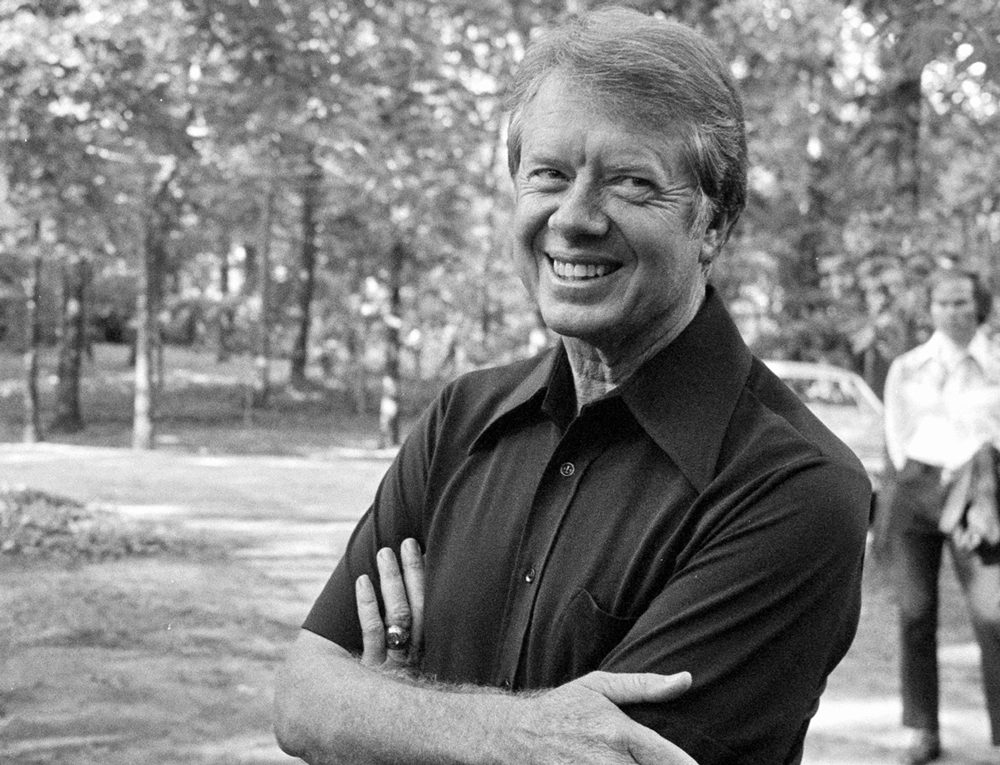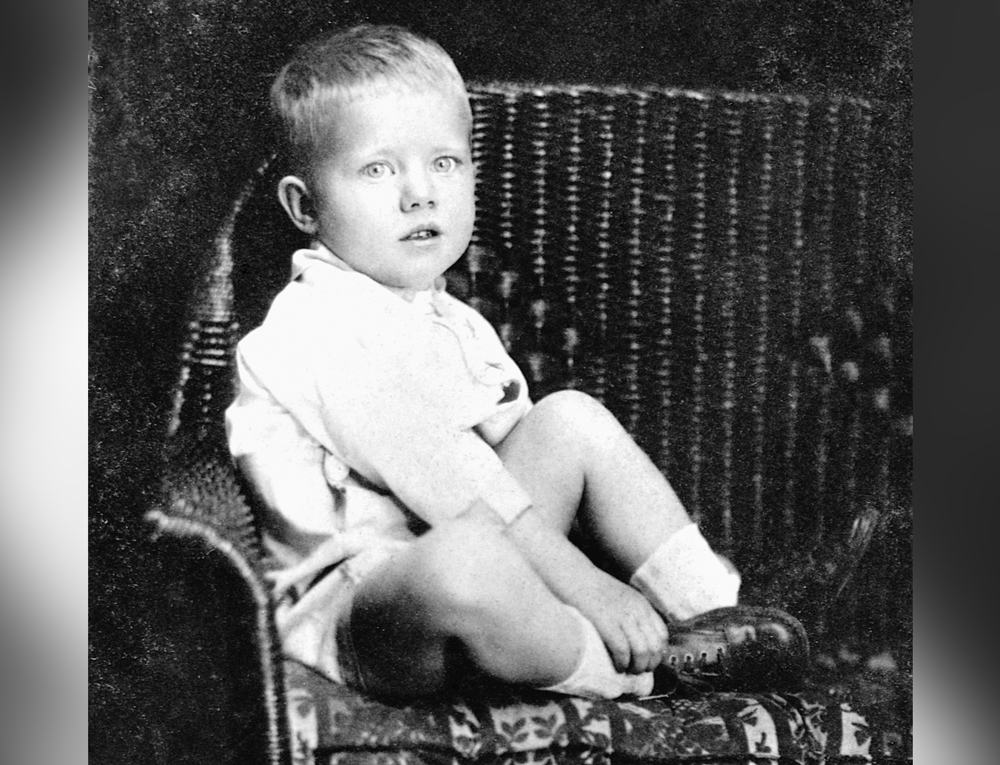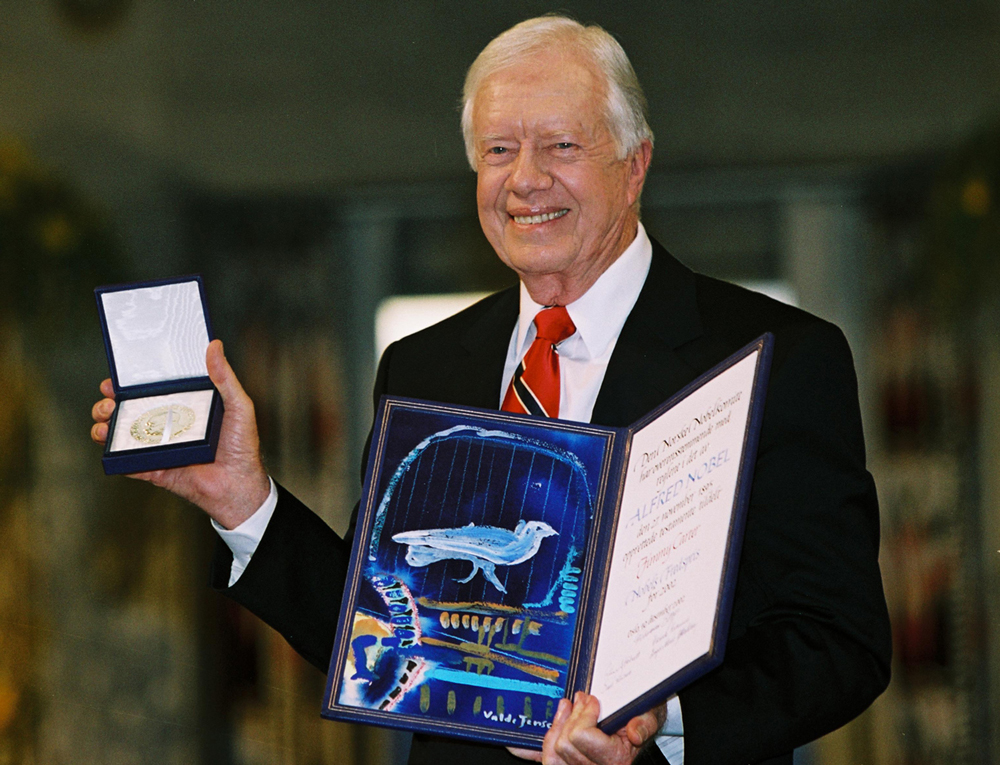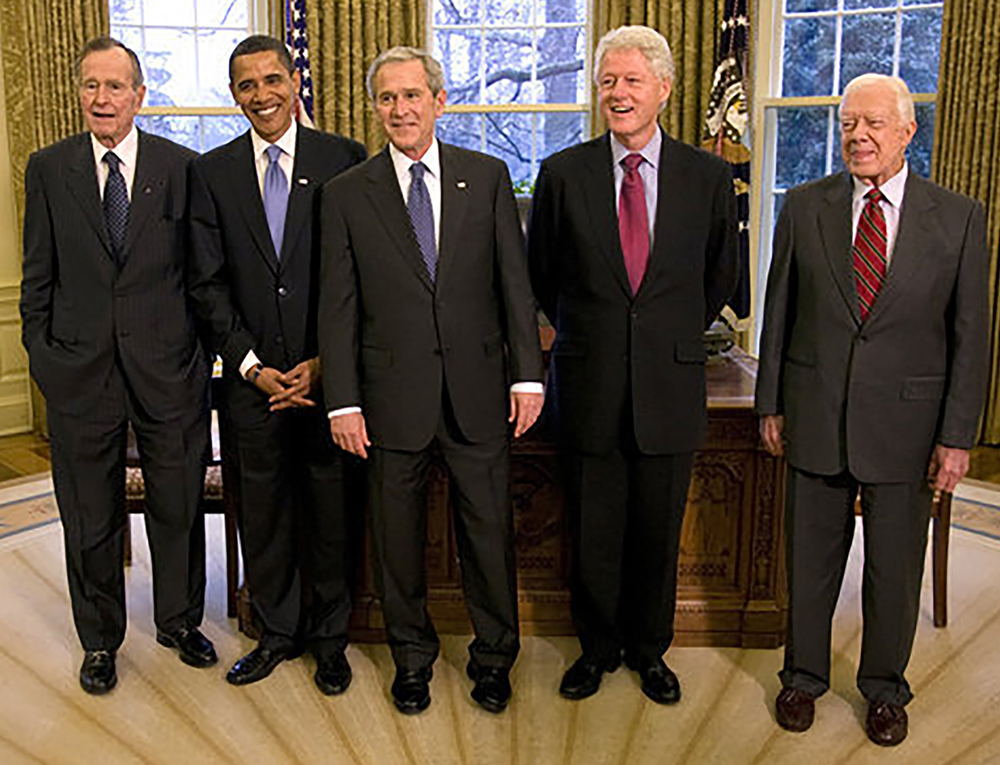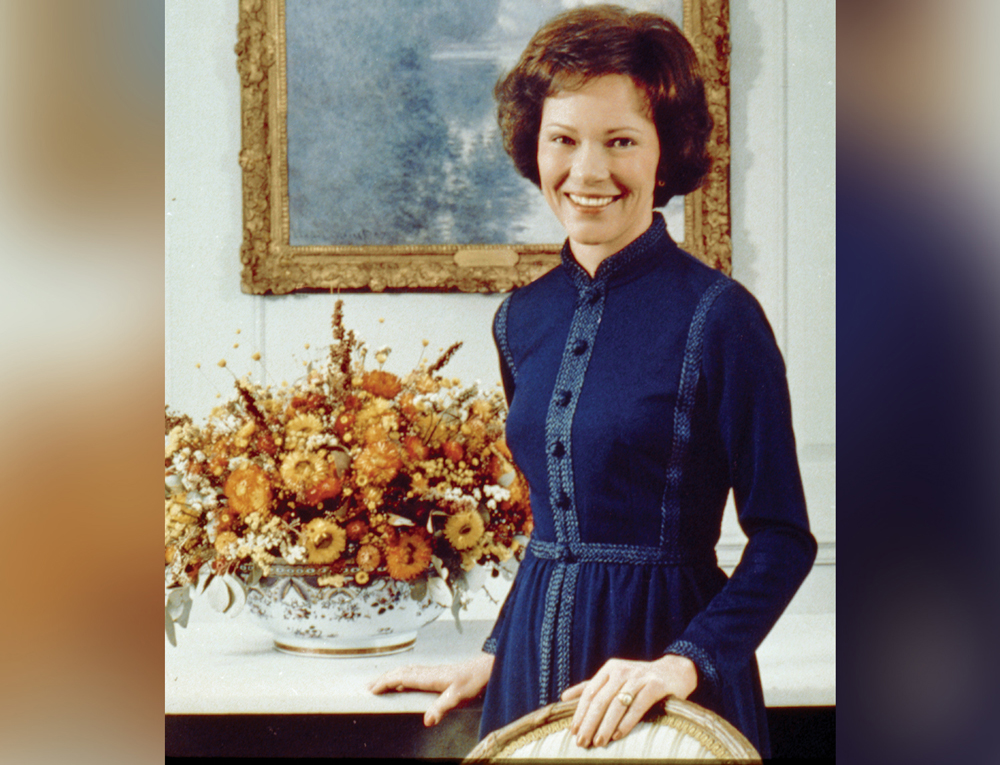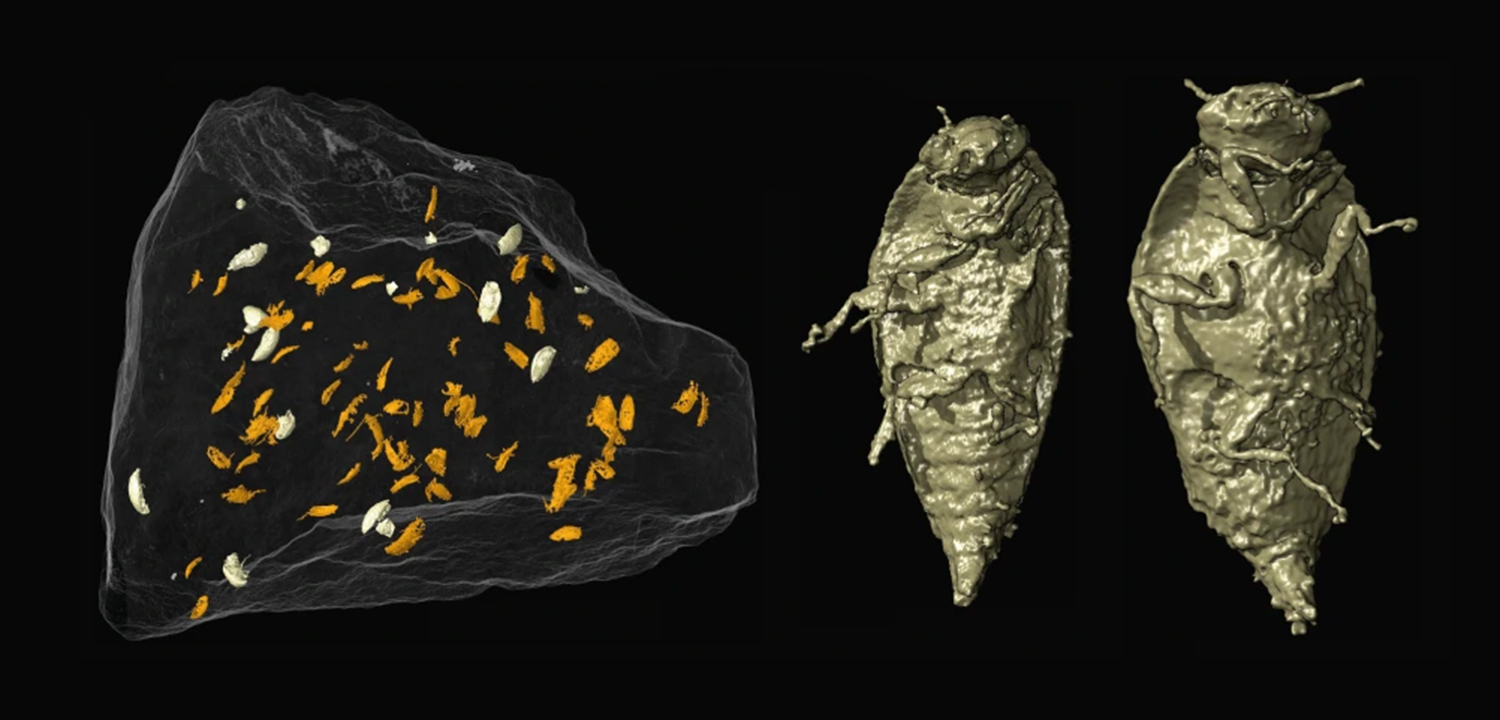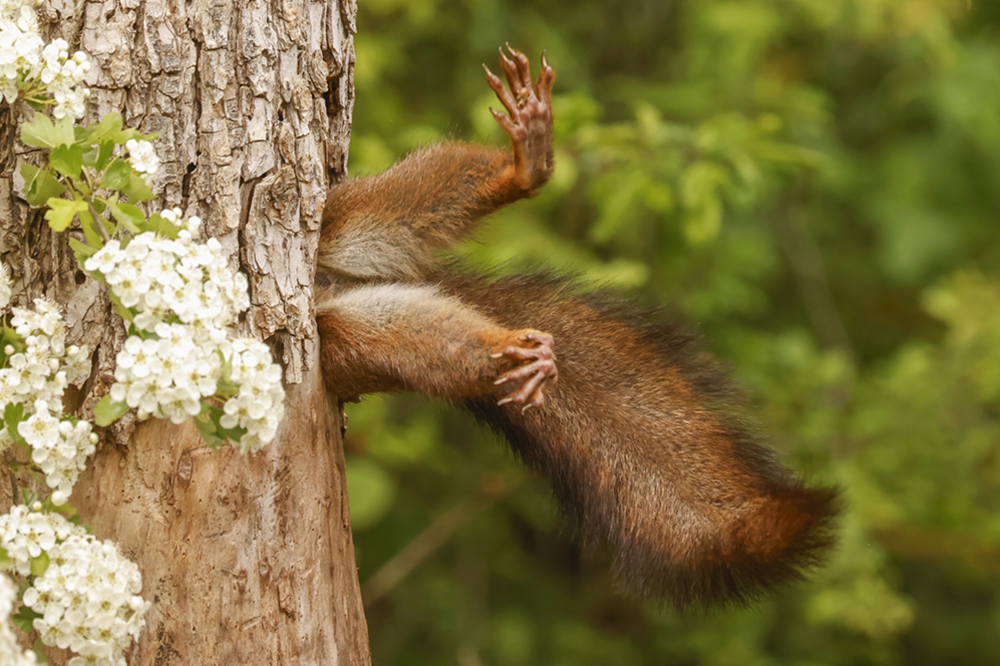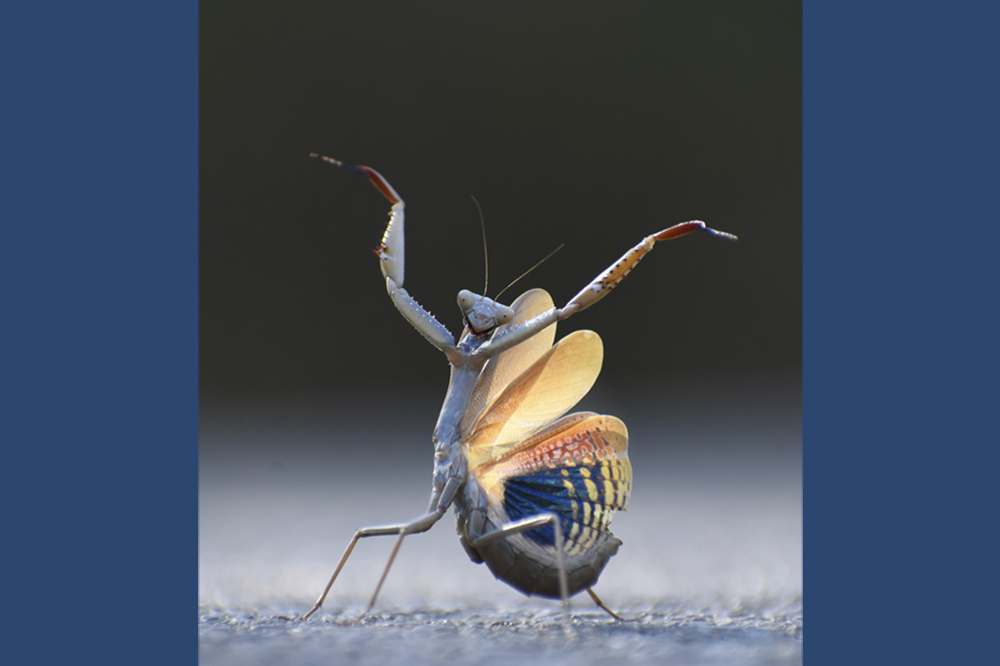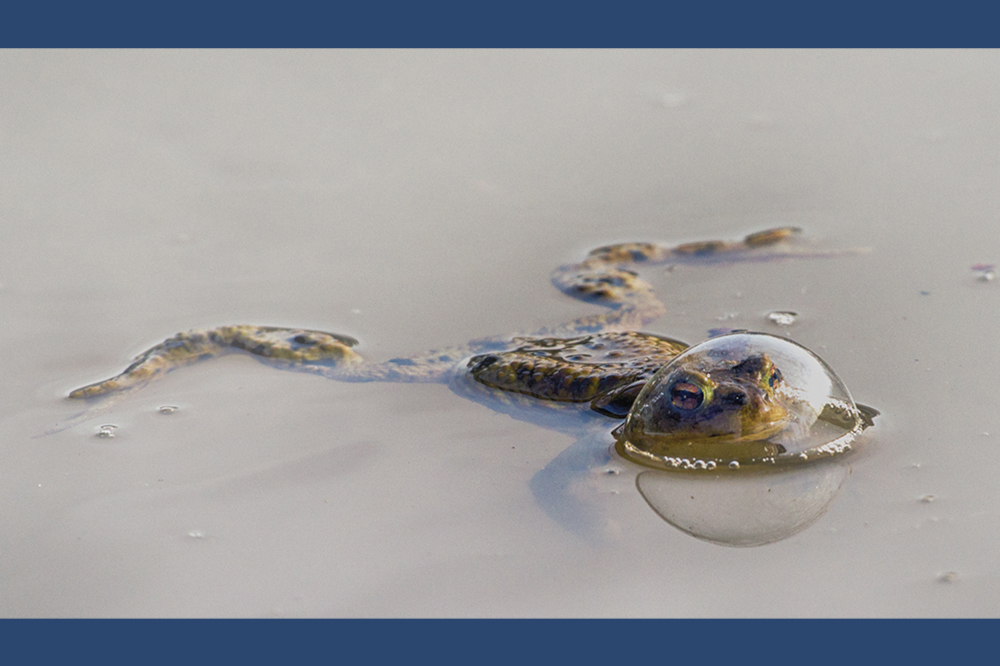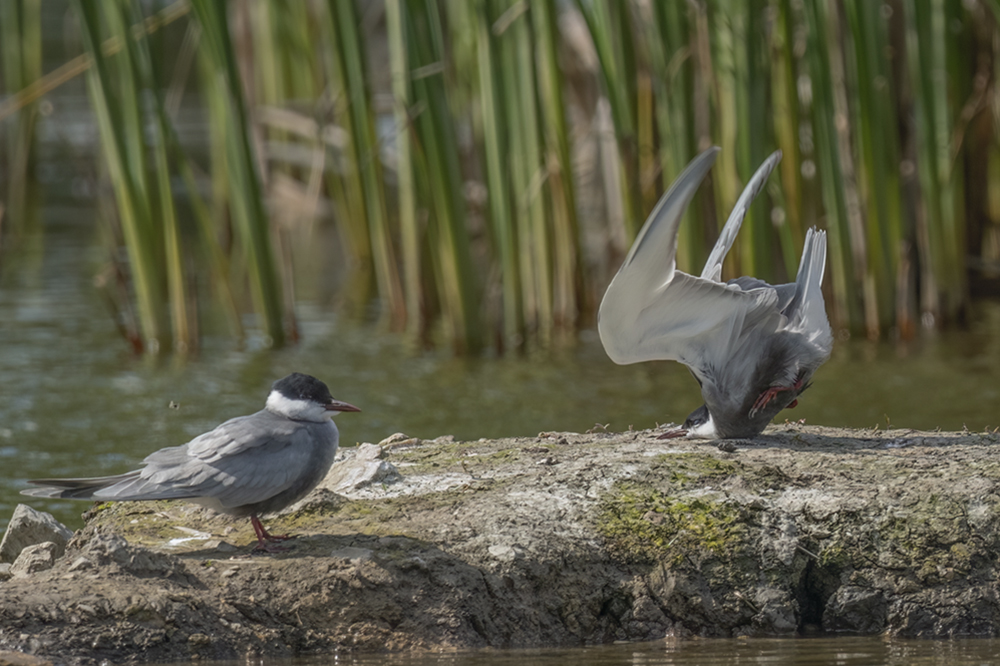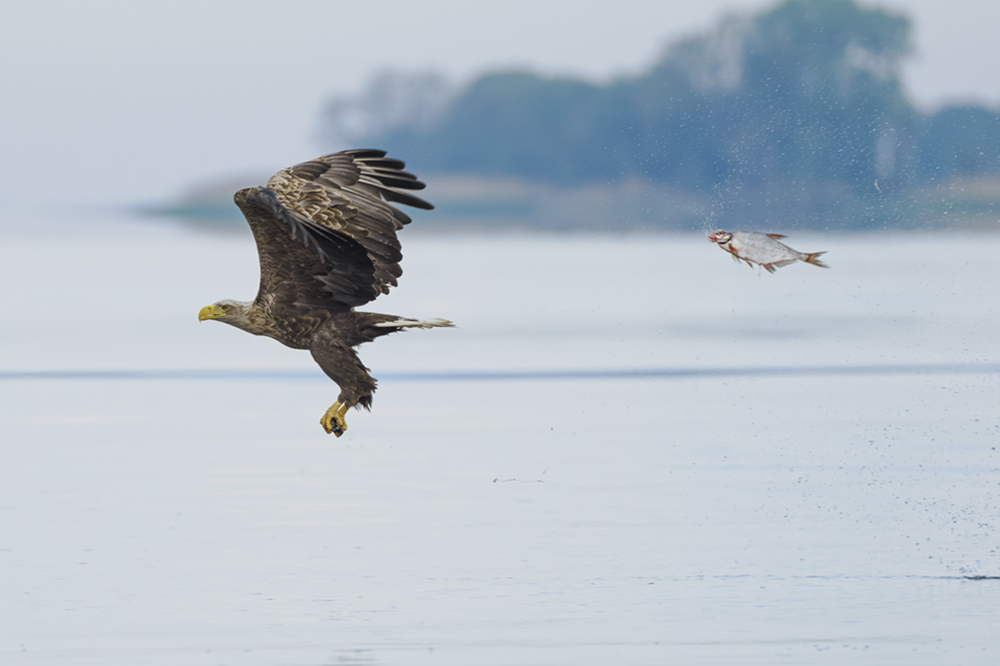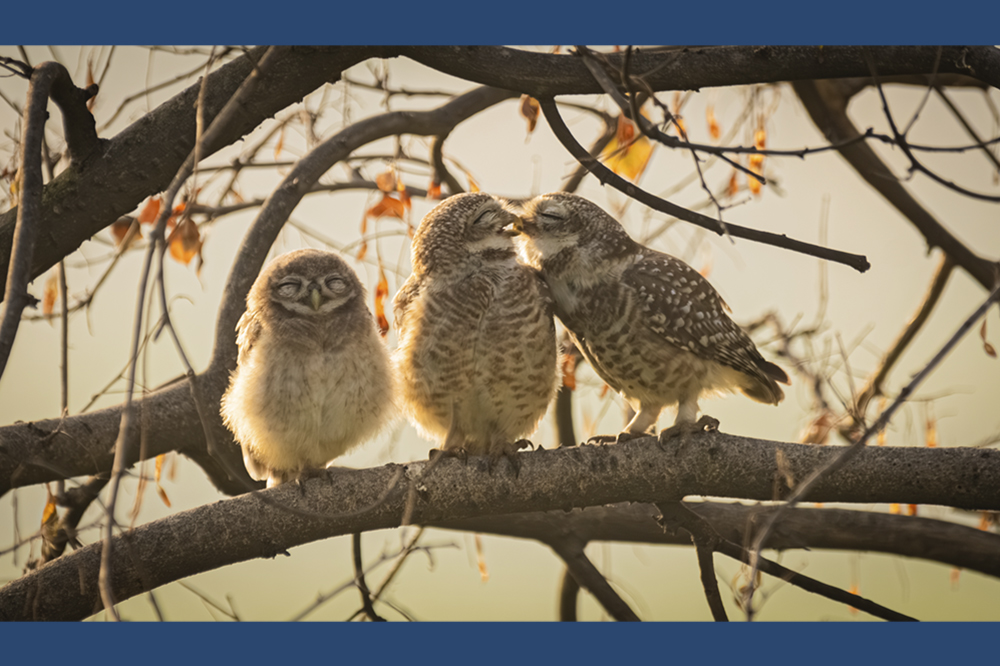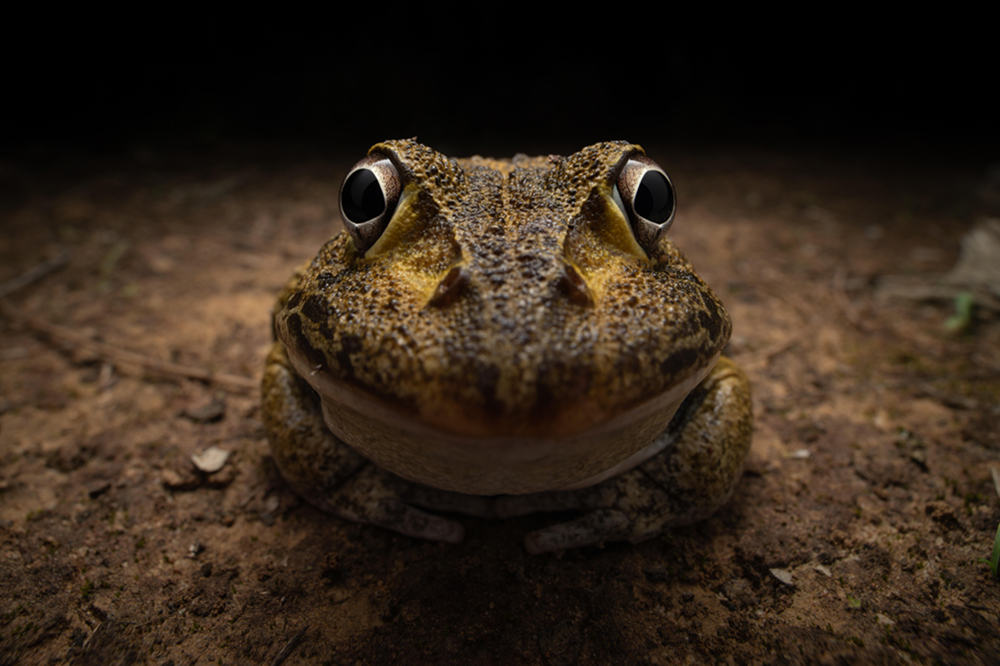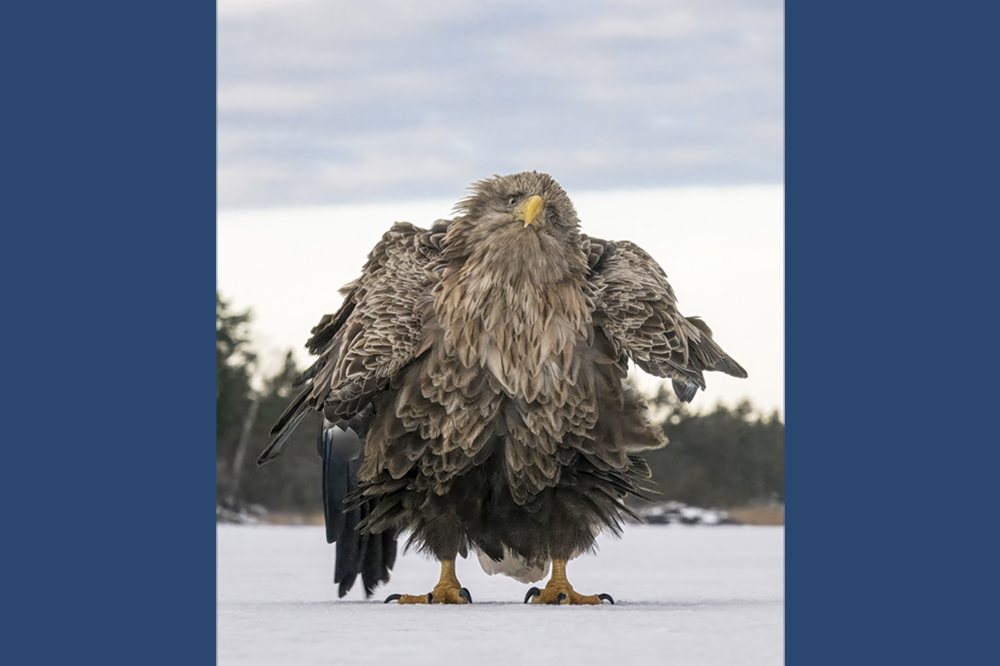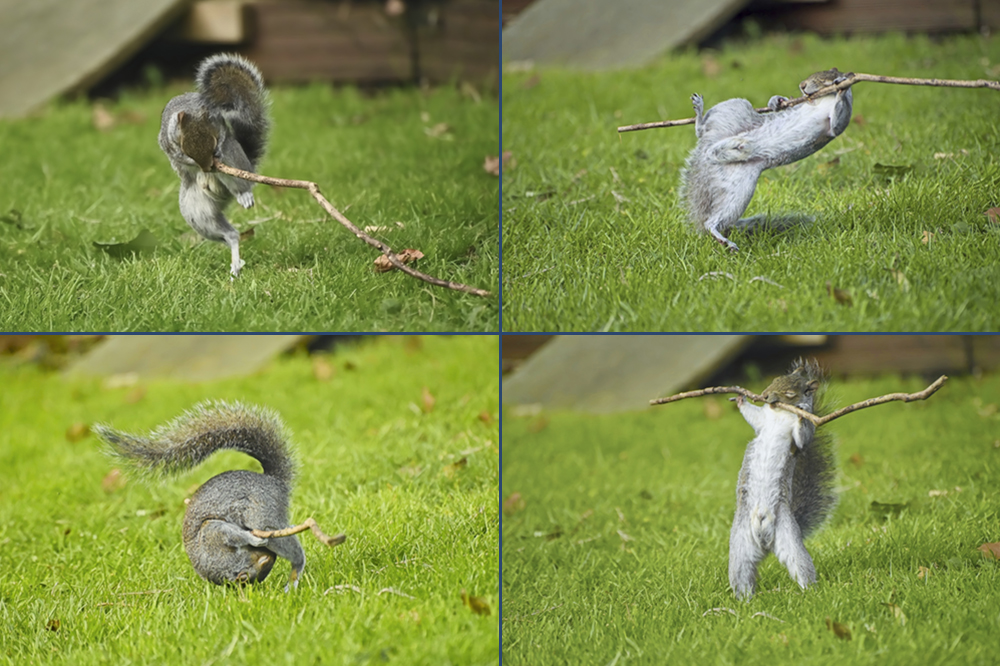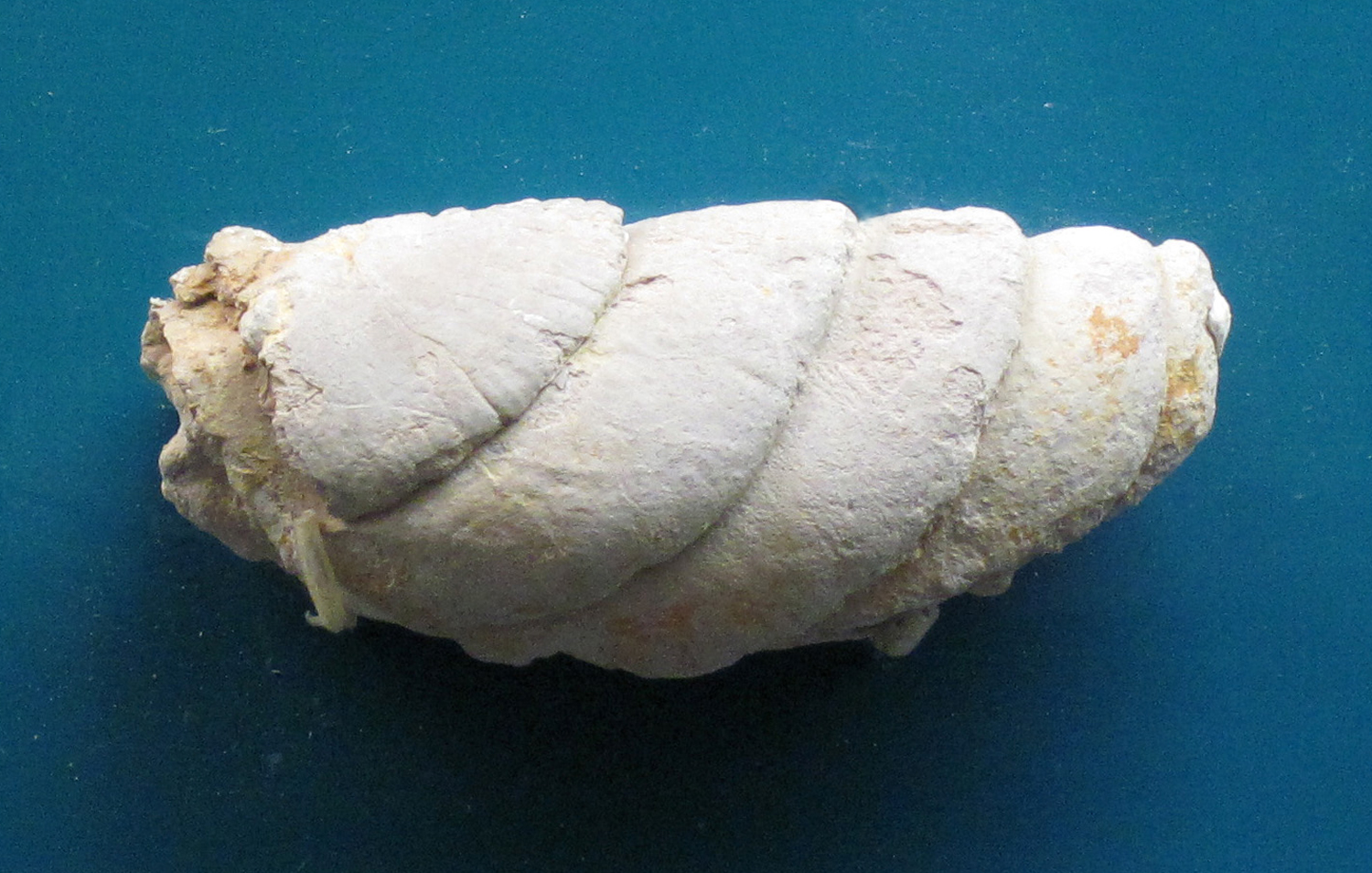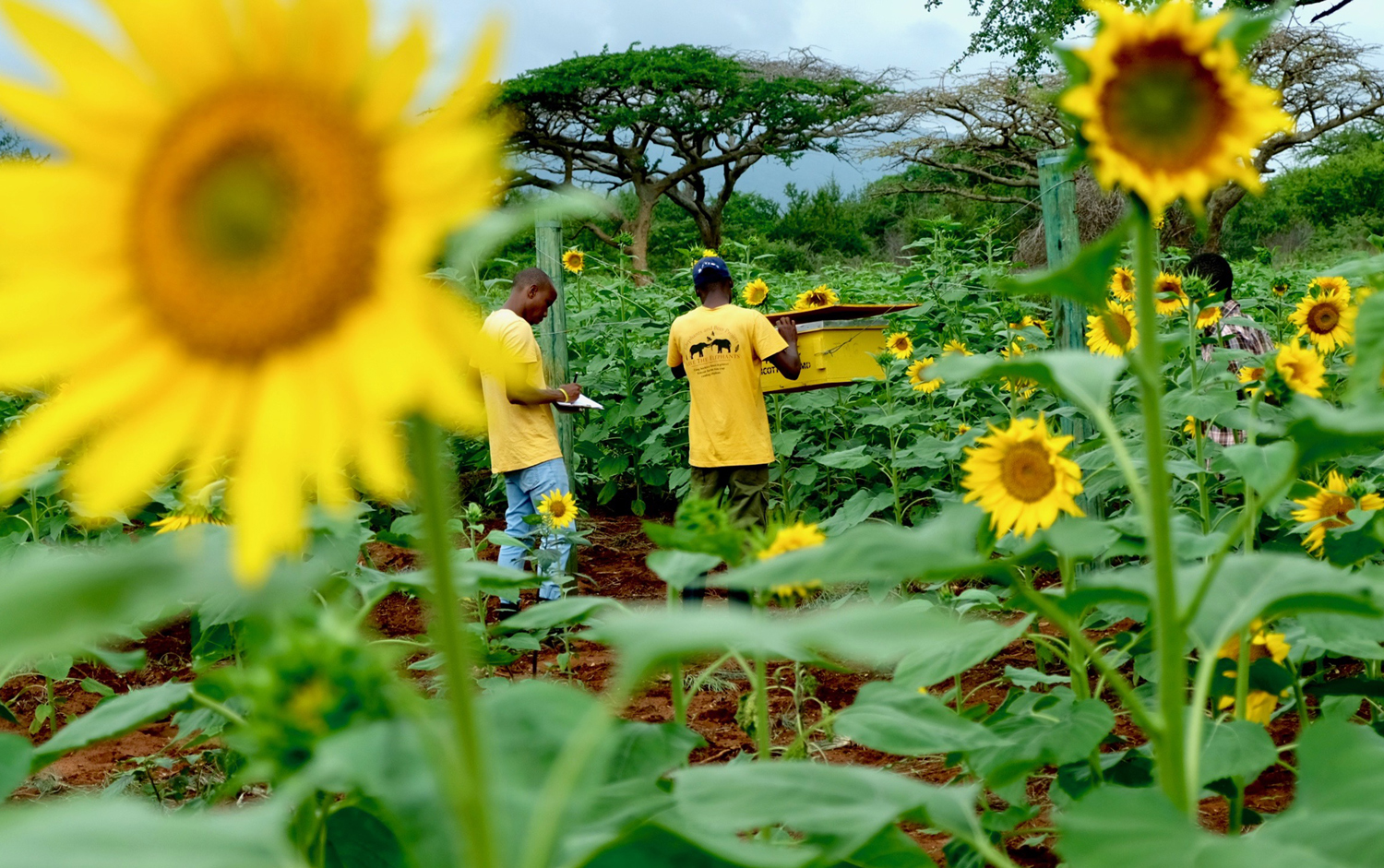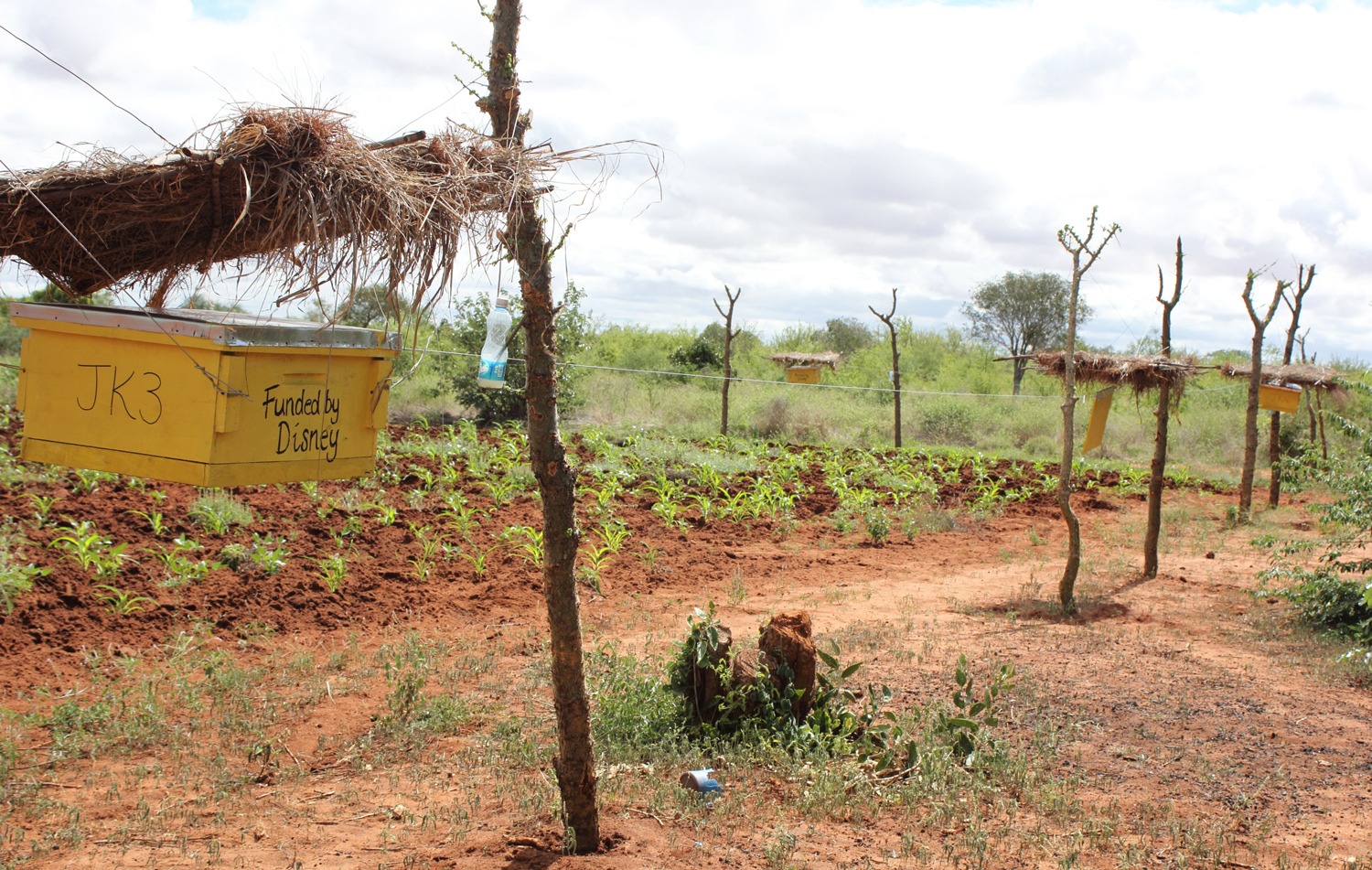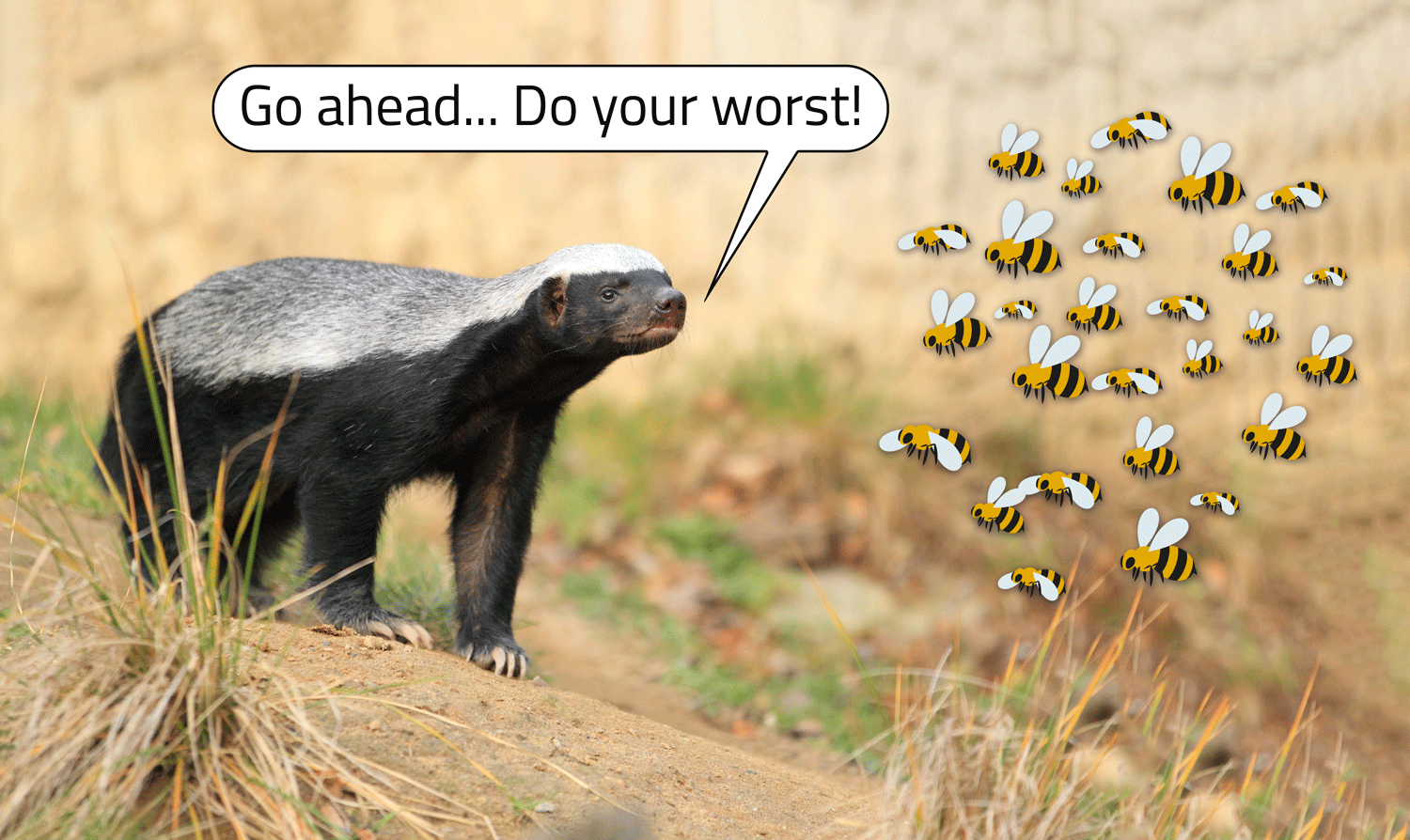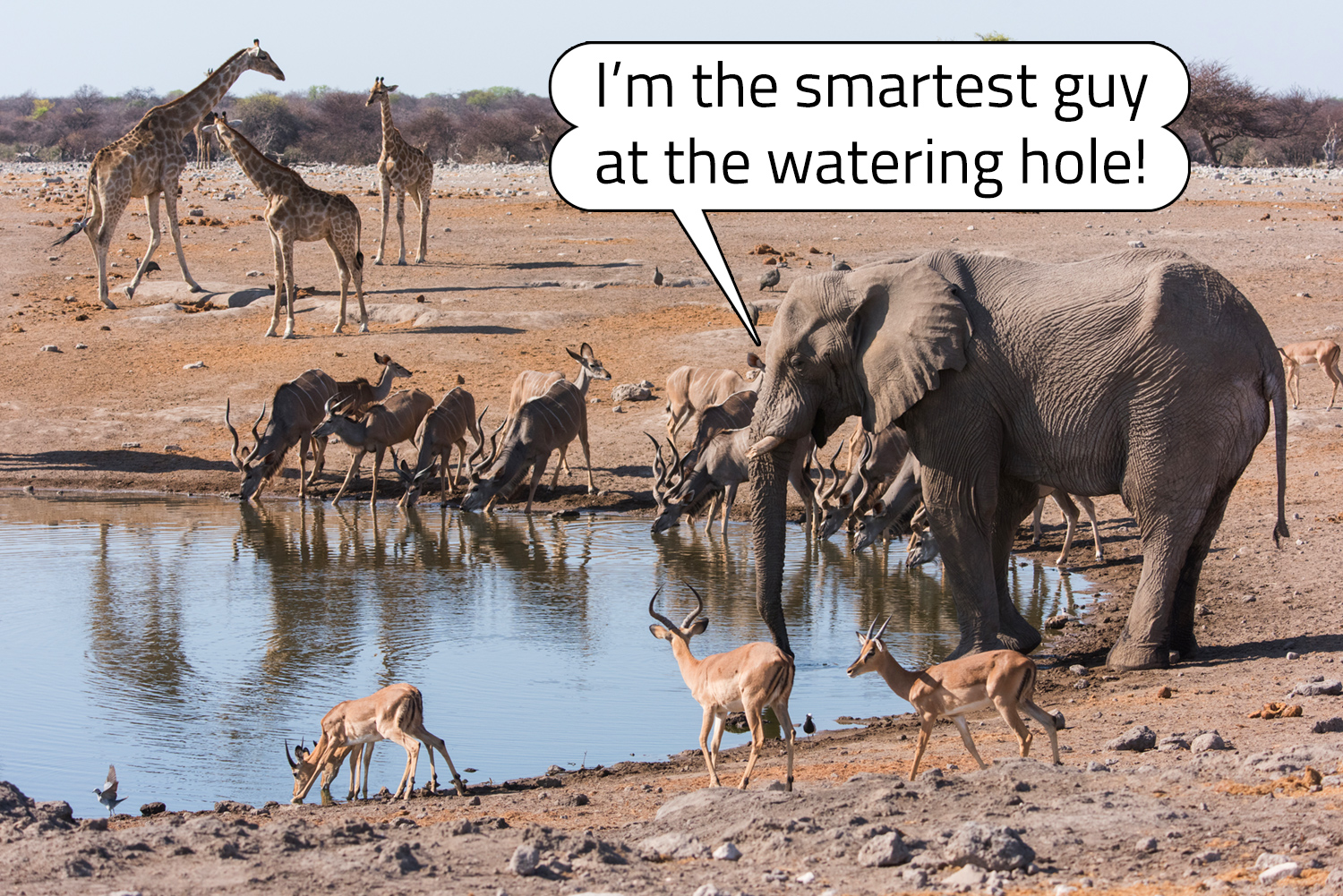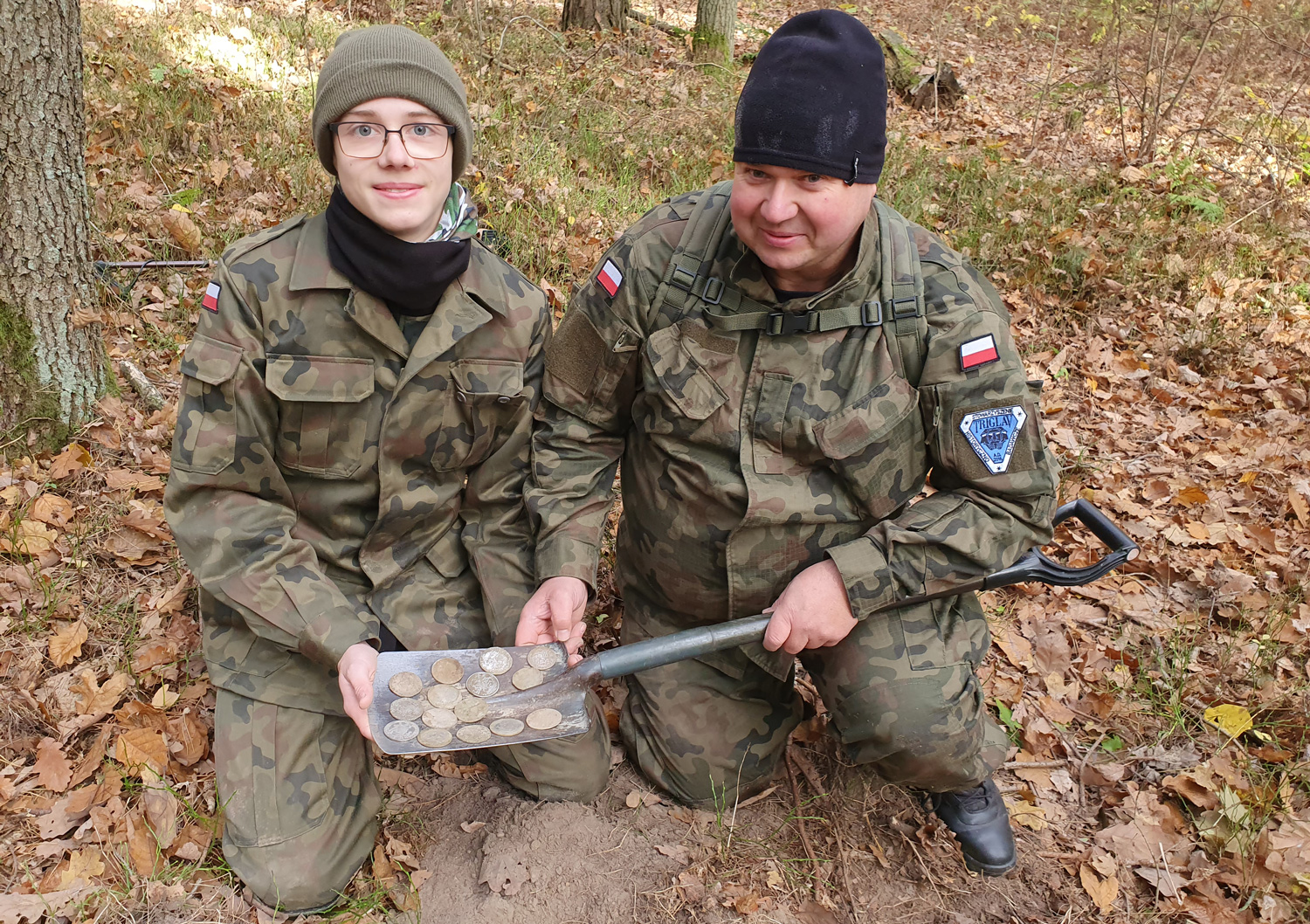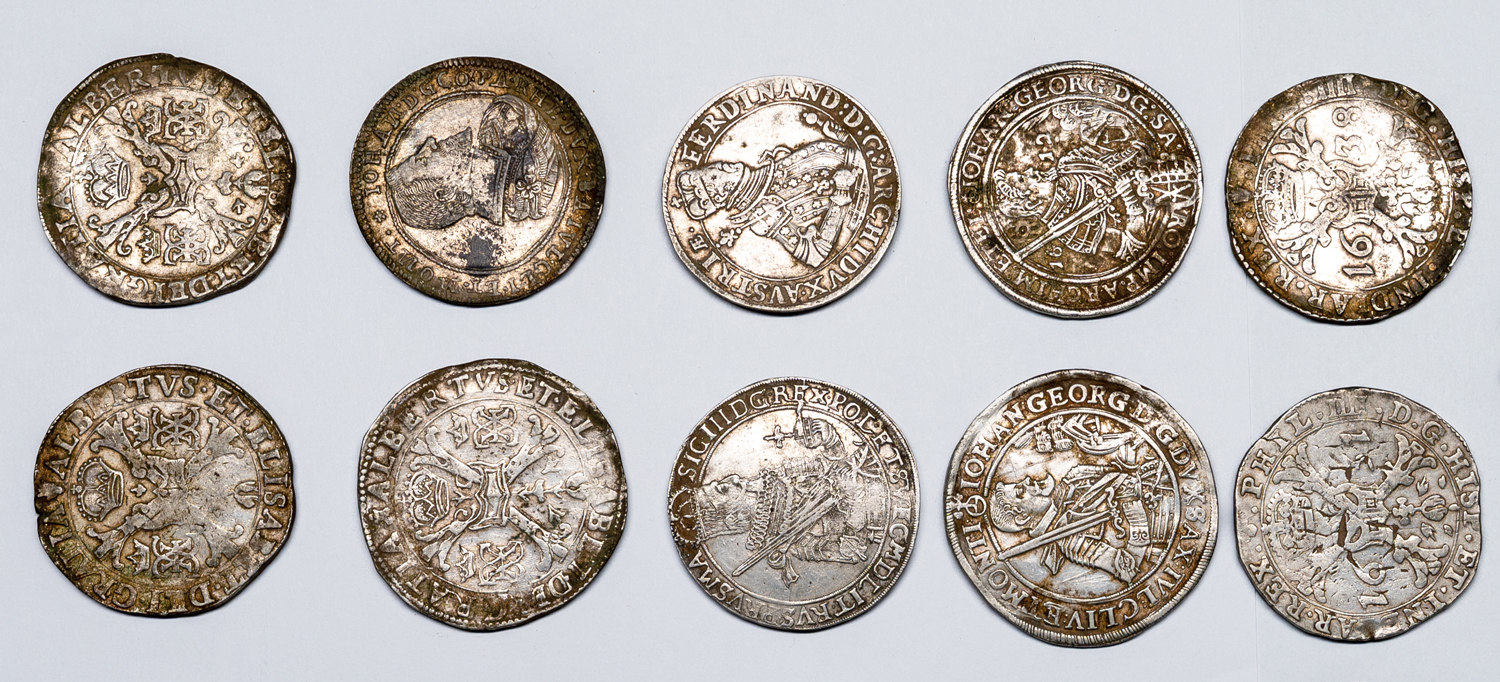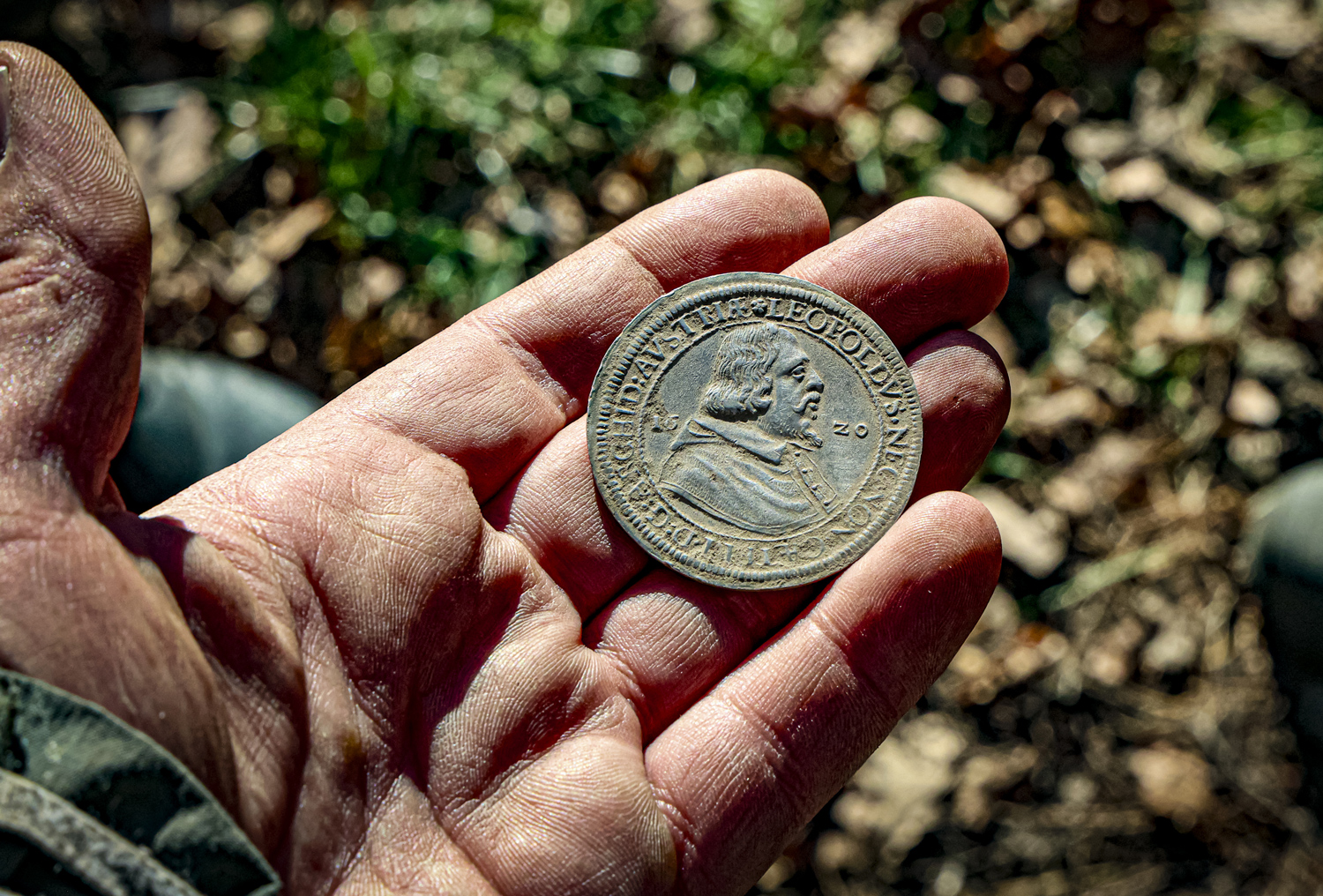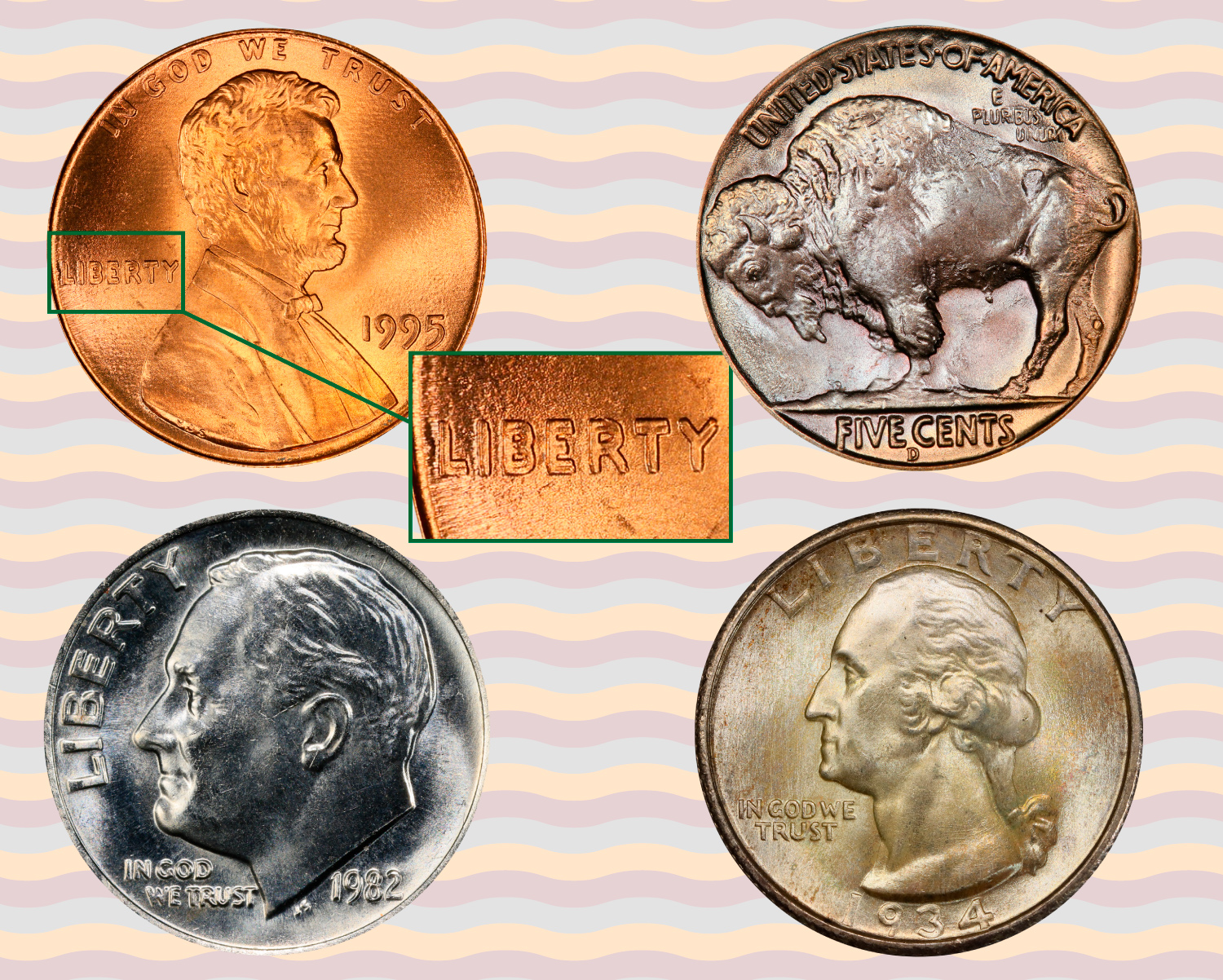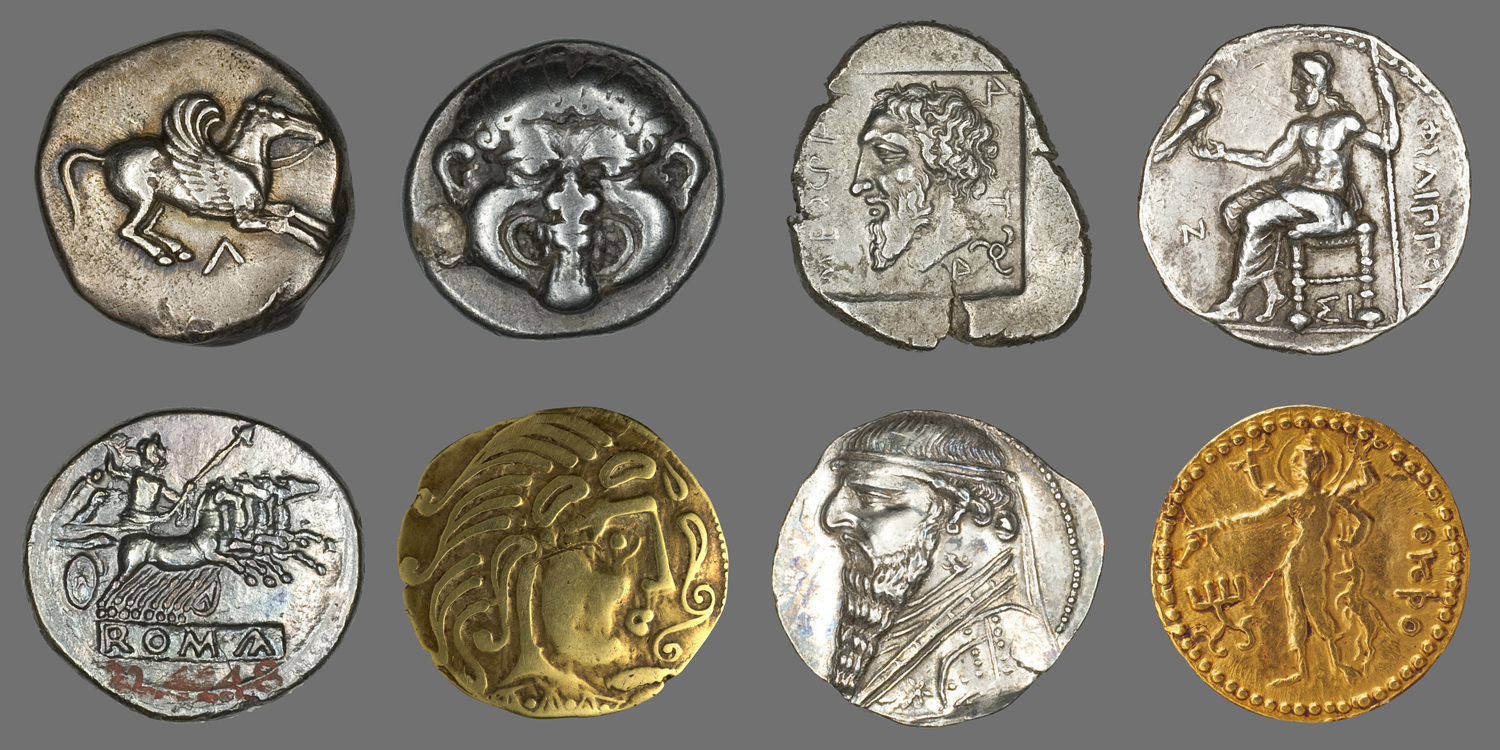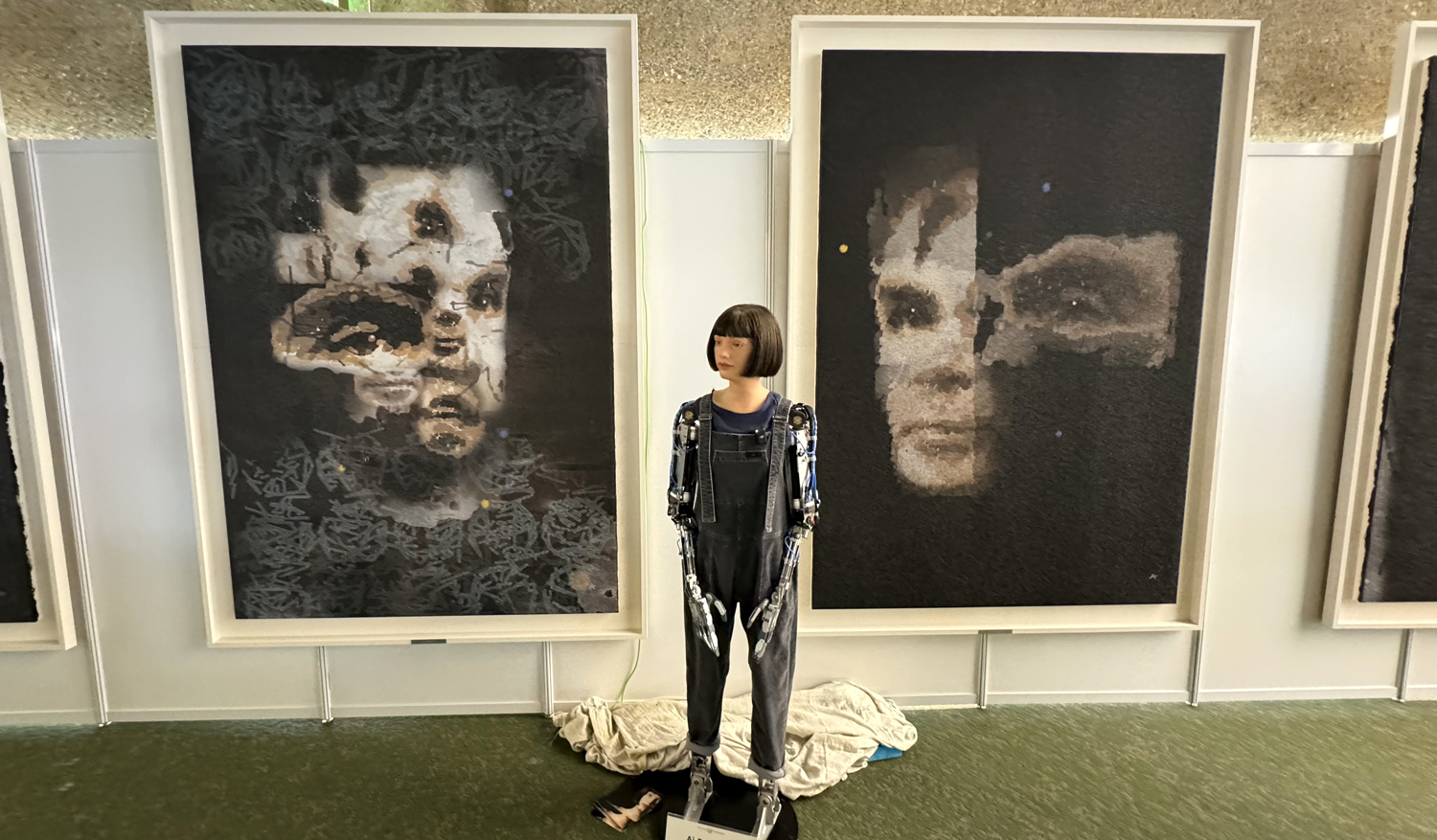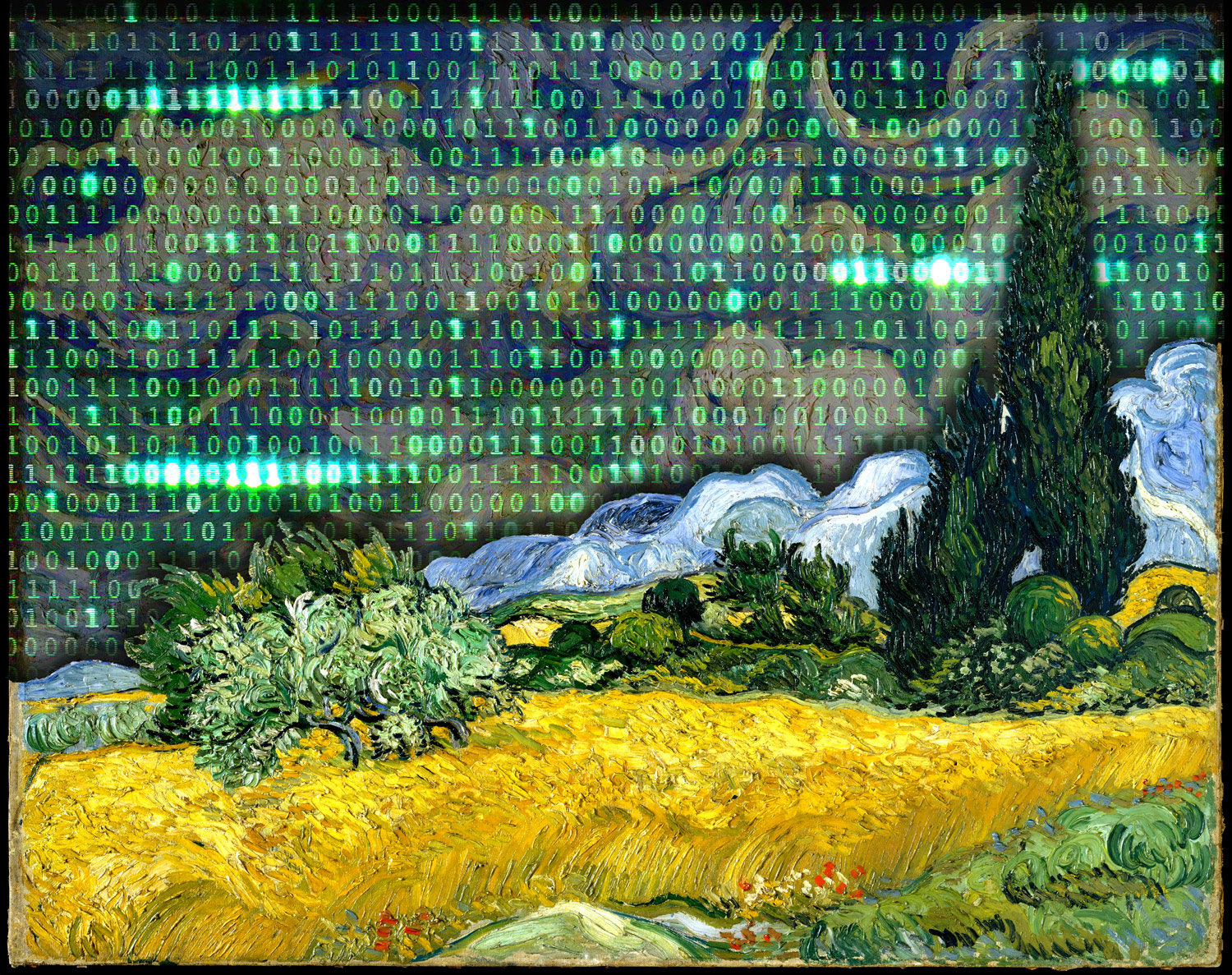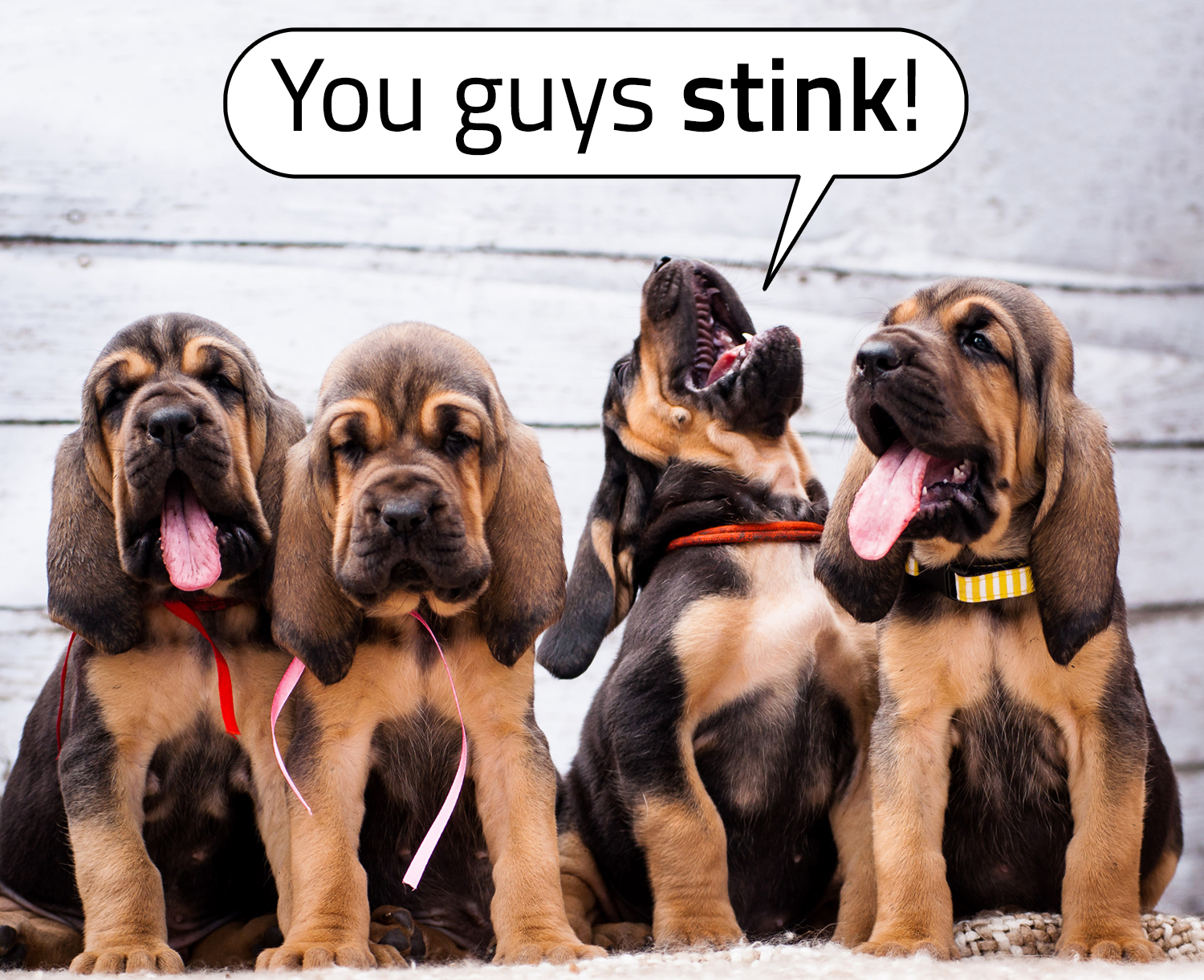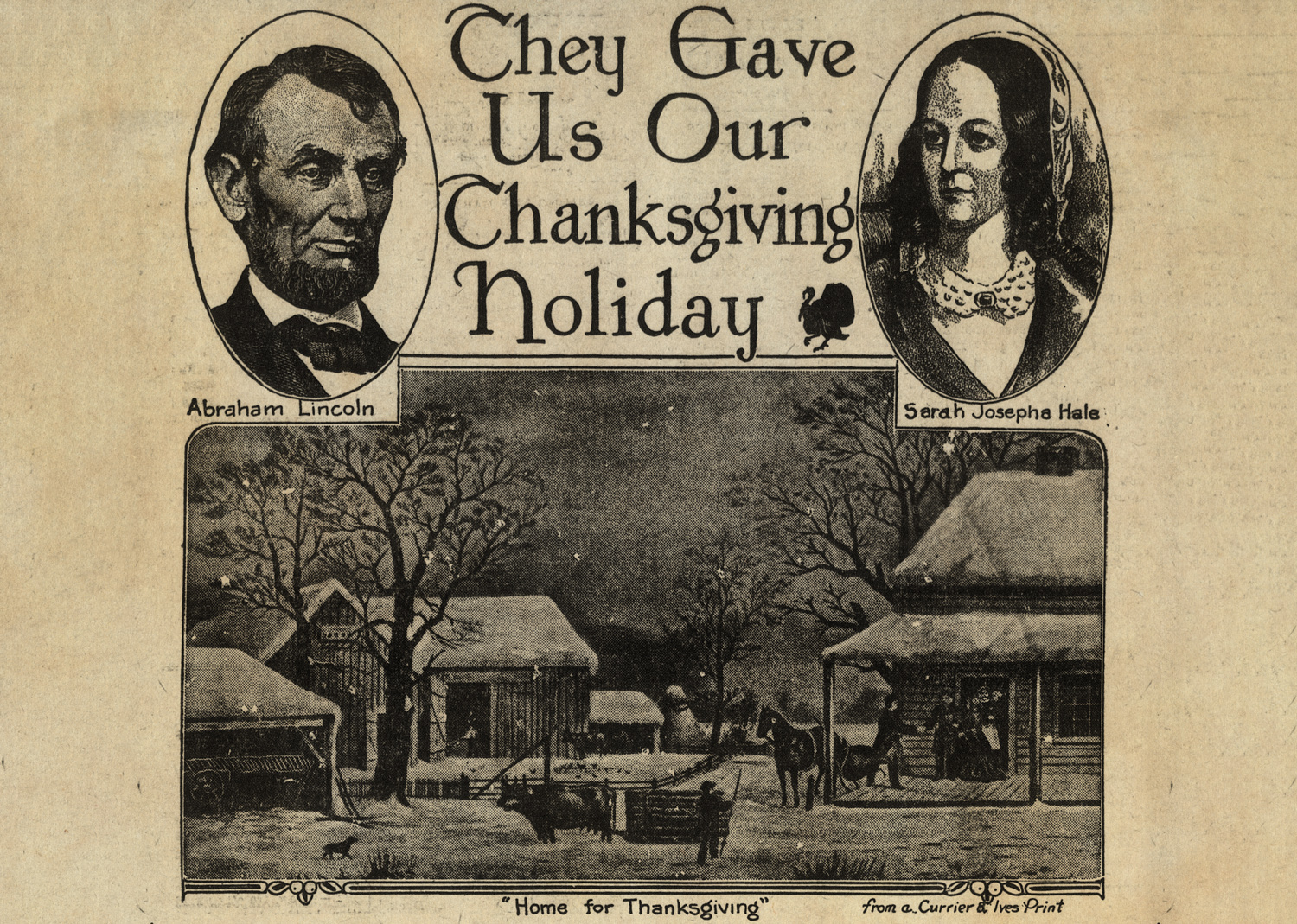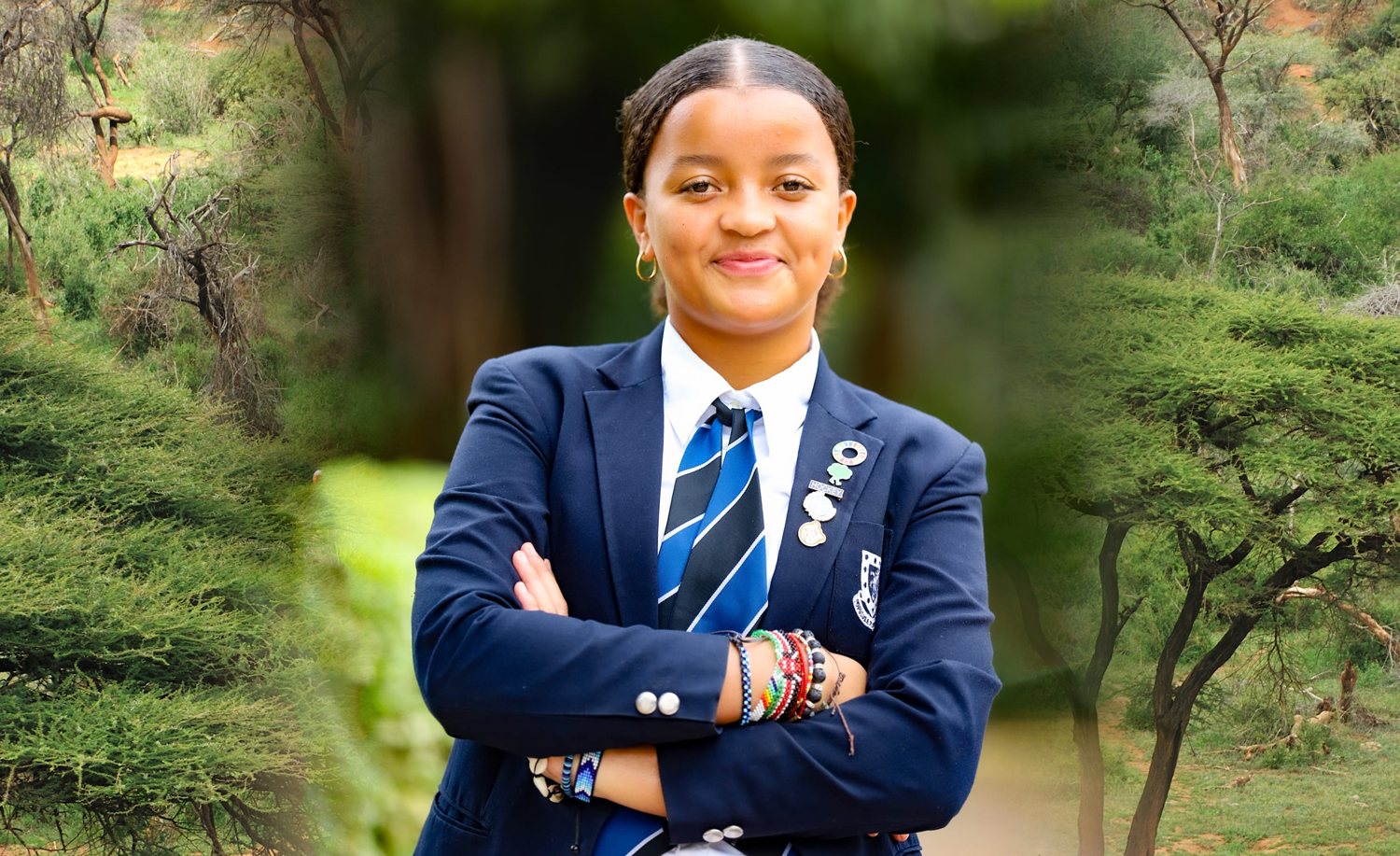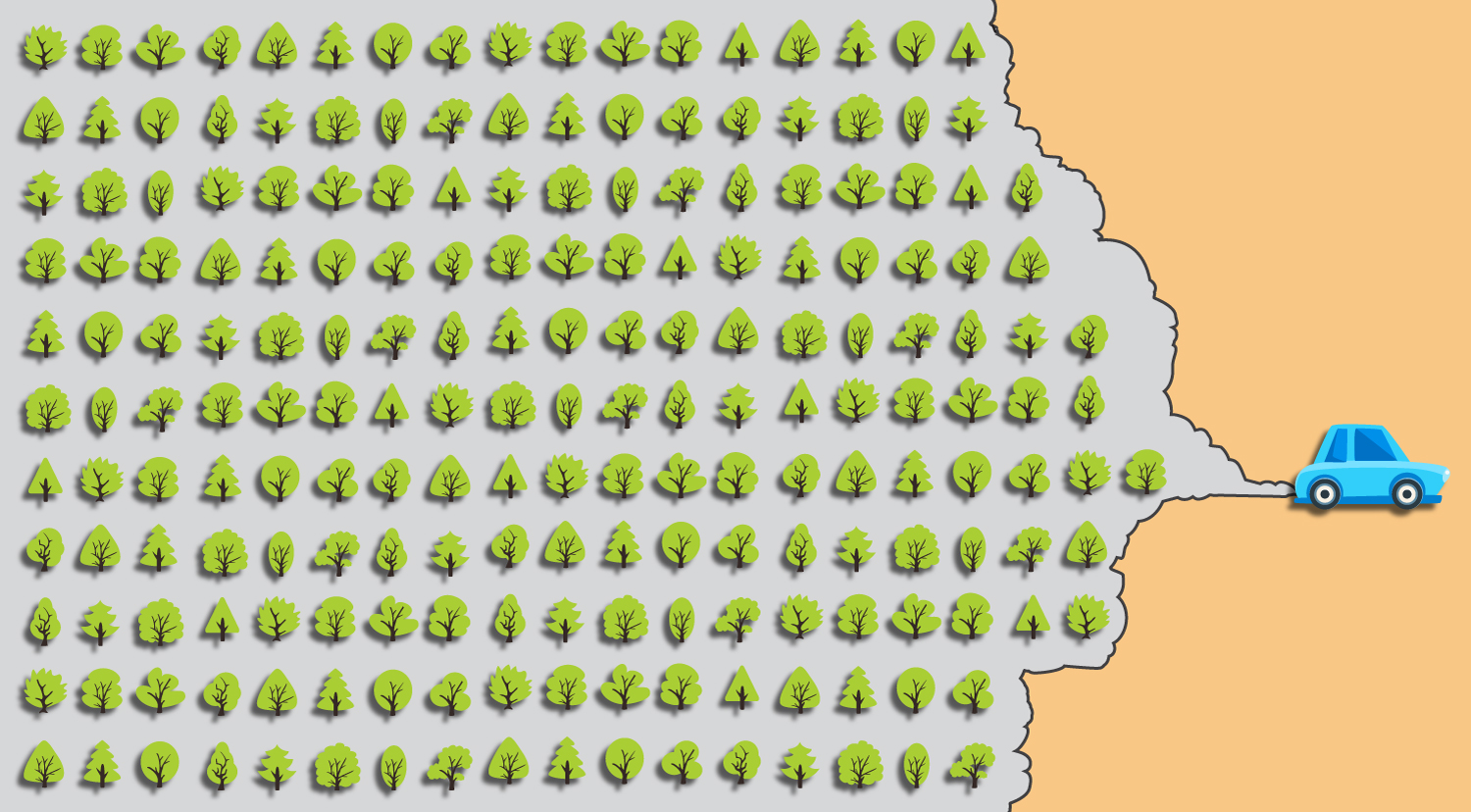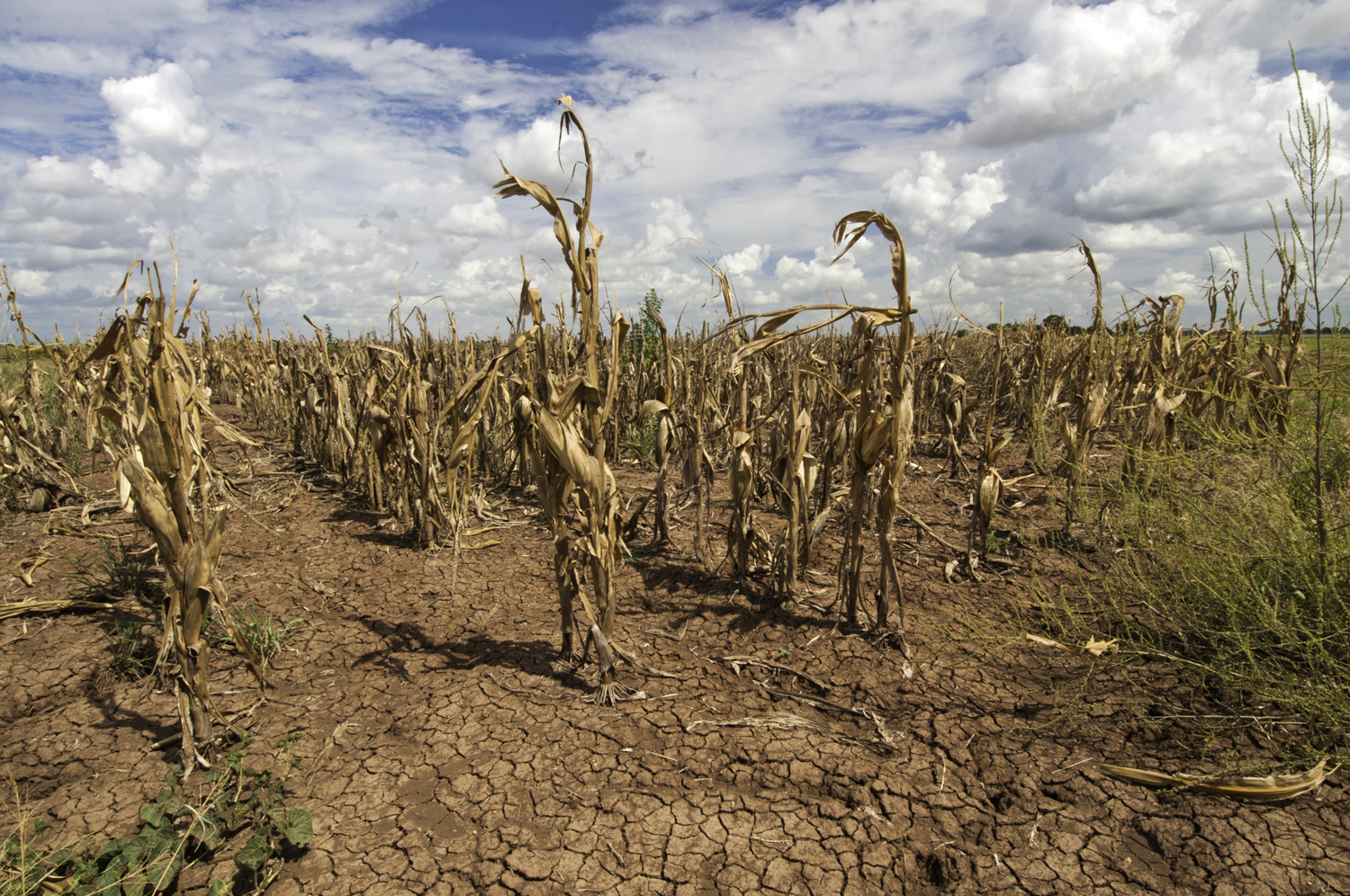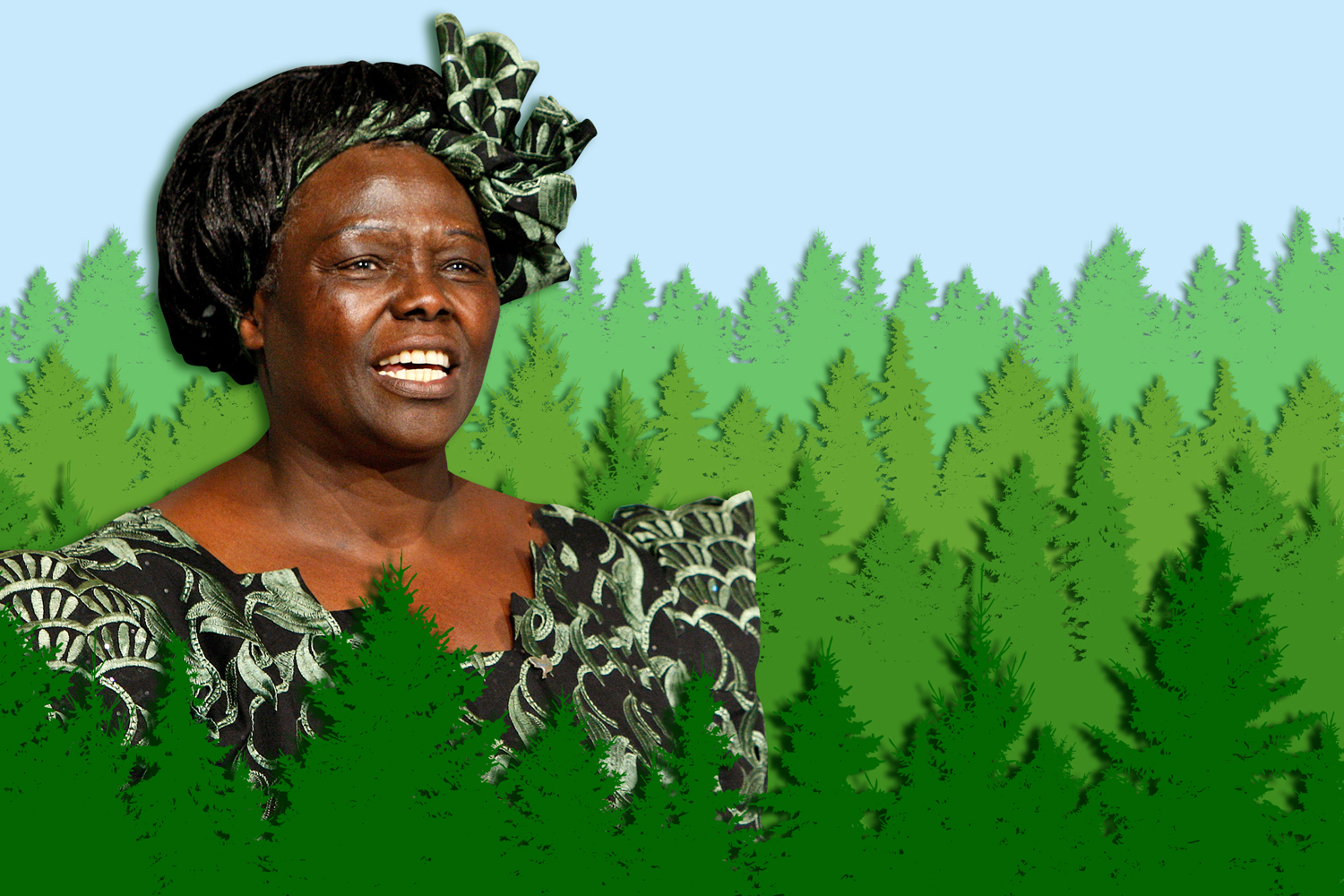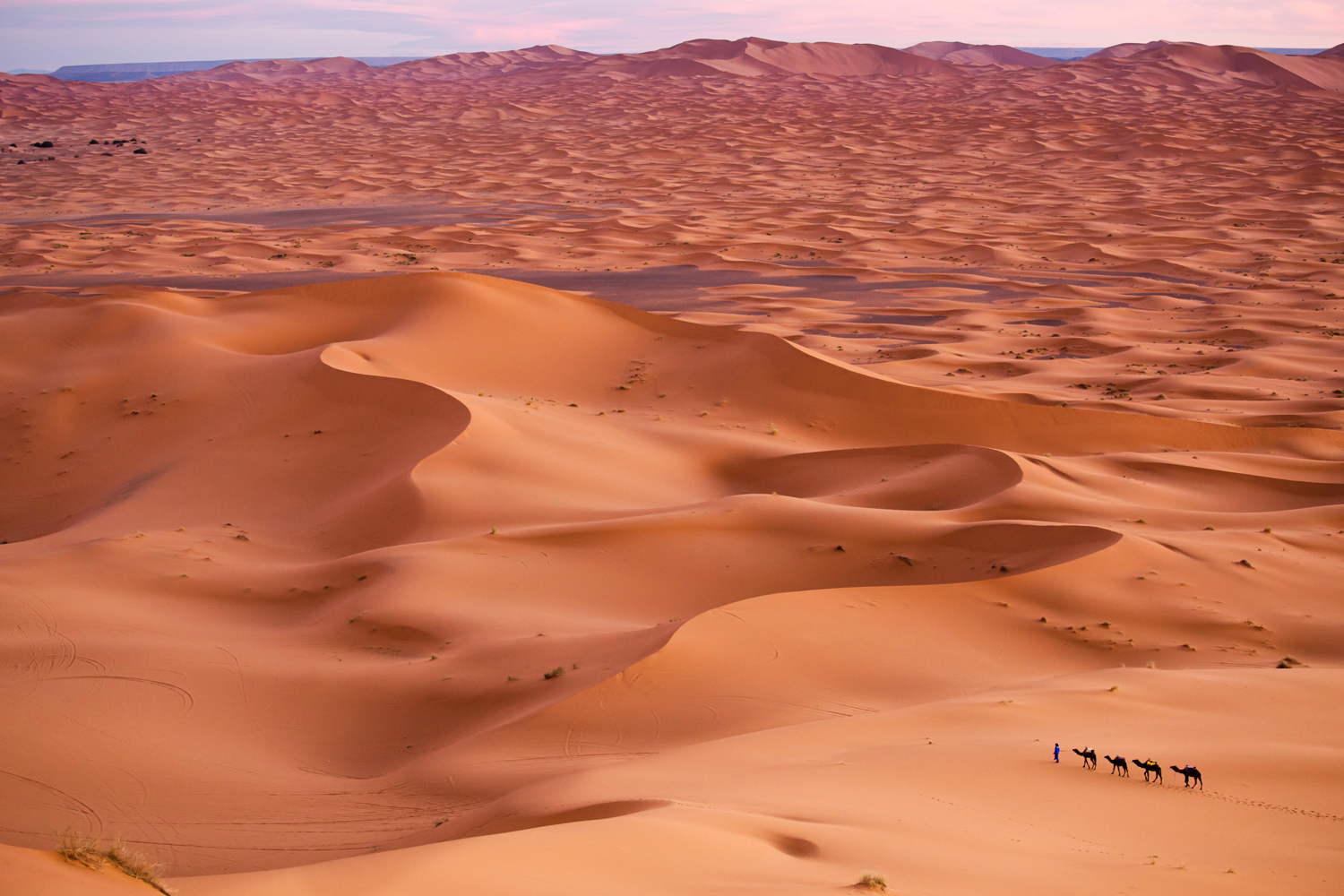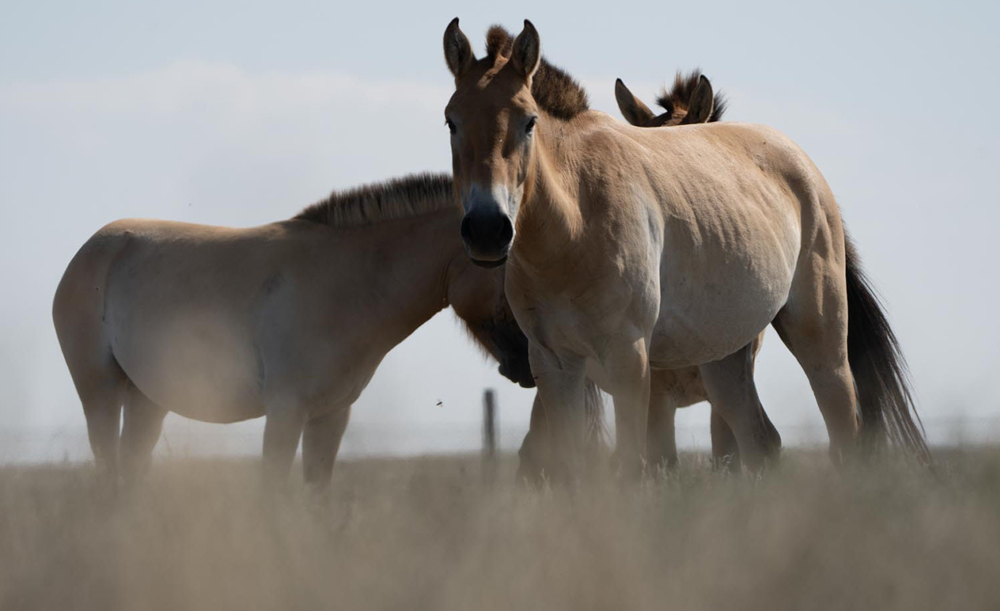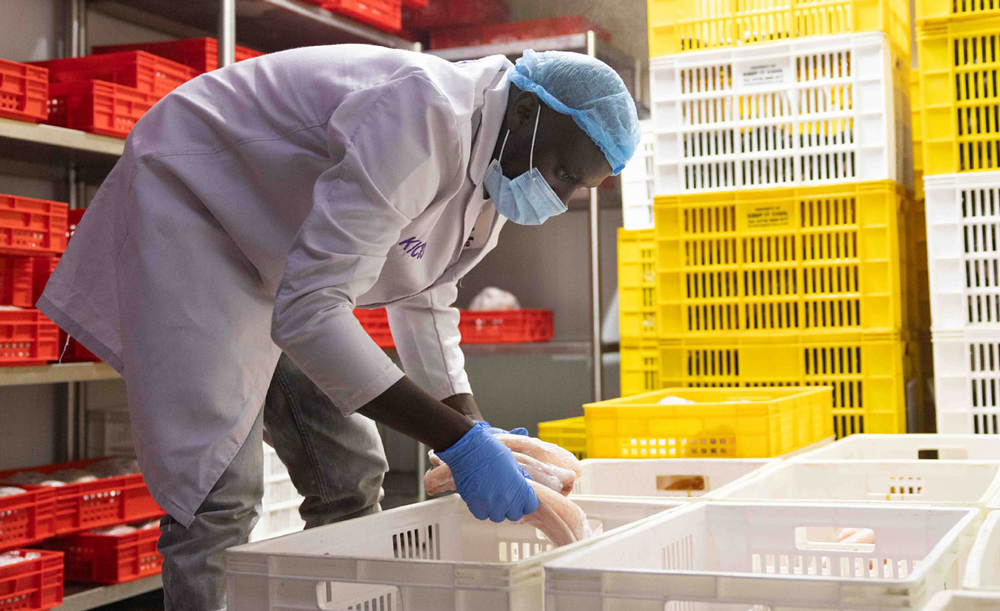Program Grows Fresh Opportunities
A program in South Africa uses sign language to teach farming skills to deaf people.
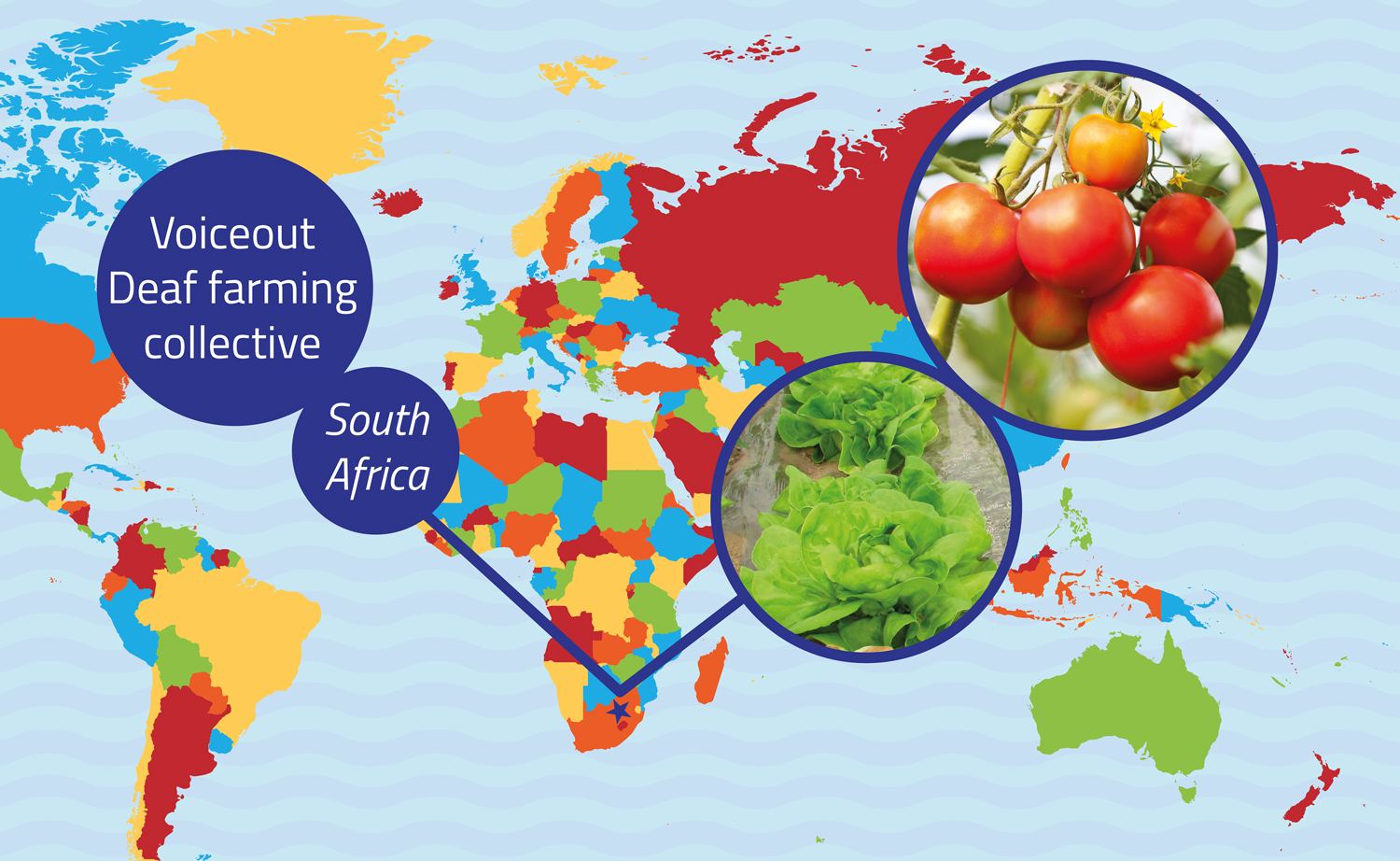
© Jed Share and Kaoru Share/Getty Images, © Dragan Cvetanovic,
Voiceout Deaf is based in South Africa.
For Matebogo Victoria, attending a university in South Africa wasn’t easy. Victoria is deaf, and the university didn’t provide her with any of the support she needed to understand or communicate with her teachers. Instead, she went to her classes with a hearing person, who would then translate between speech and sign language.
Victoria knew she wasn’t alone. In South Africa, deaf people sometimes don’t complete school because communication is too difficult. That’s why she started Voiceout Deaf, a program that teaches farming skills to deaf people, giving them a way to earn a living.
“The government does not have facilities for communication [for deaf people]. A lot of deaf people did not finish school,” Victoria told the Associated Press. While South Africa has 44 schools for deaf people, not everyone lives near one of these schools. “They cannot afford to travel far to reach schools [for deaf people], so normally they decide to leave school early.”
As part of Voiceout Deaf, farmers-in-training work at three different farms. They till, plow, plant seeds, and harvest produce. Most of the workers use sign language, making communication easy. Although the farm is a learning environment, it’s also a workplace and a business. The farmers get paid for their labor, and their produce is sold to customers, including some supermarkets.
Just as school can be a challenge for deaf people in South Africa, so can many jobs. The nation’s government has a language board—a group of people who are responsible for promoting the use of South Africa’s languages. The board recently got South African lawmakers to make sign language the nation’s 12th official language. But sign language isn’t used everywhere. And sometimes, companies use technical words that are rarely used anywhere else. It takes a while to develop signs for those words.
Voiceout Deaf is giving deaf people a chance to work in an environment where they will be understood and make the money necessary to live independent lives.
“I’m happy working here; it’s [a] pleasure working here in the farm,” Sibongile Maake told the Associated Press. “I’m working slowly but surely, and I am learning while also getting a salary. I can do things for myself.”
Did You Know?
There are over 70 million deaf people worldwide and more than 300 sign languages.

© janckerphoto, insta_photos, Queenmoonlite Studio/stock.adobe.com, © Sjors737/Dreamstime.com; Photo composite Encyclopædia Britannica, Inc.
Growth Industries

© Studio KIVI, Ezume Images, bergamont, New Africa/stock.adobe.com; © Laurie Hayball, Janya Chawmueangthon, Anan Punyod, Rostislav Stefanek, Oleg Dudko/Dreamstime.com; © Elenathewise—iStock/Getty Images; Animation Encyclopædia Britannica, Inc.
We rely on agriculture (farming) for most of our food. But did you know that many non-food products are also dependent on the farming industry? Here’s some of what might not be available if we didn’t have farmers.
- Crayons. Soybean oil is a key ingredient in our favorite coloring tools.
- Toothpaste. Many toothpastes contain sorbitol, which is made from corn sugar.
- Cold medicine. Many cold medicines contain an ingredient that’s made from dextrose and an organic compound called benzaldehyde, which is in some fruits and nuts.
- Makeup. Guanine is a shimmery material that comes from fish scales and gives some makeup a sparkly look.
Sign Languages
© FG Trade—Vetta/Getty Images
Does someone you know use a form of sign language? Maybe you use sign language or would like to learn more. You can read about sign language at Britannica!
WORD OF THE DAY
impart
verb
: to make (something) known to someone

Word Search
See if you can find all the words.
